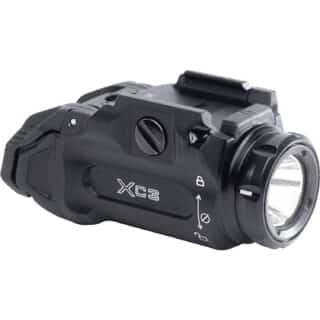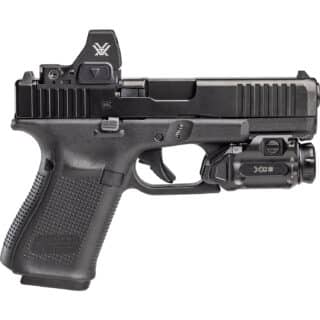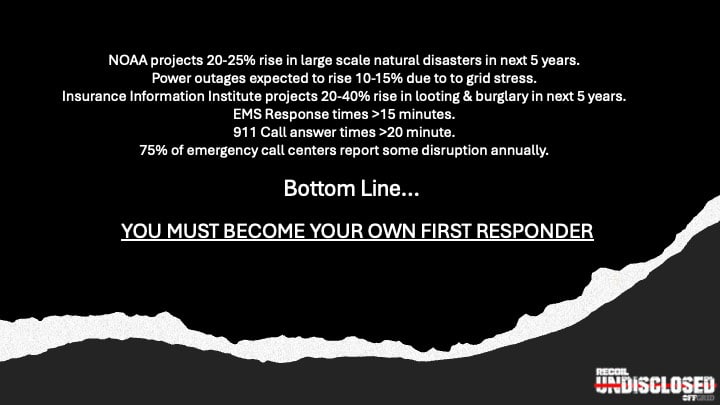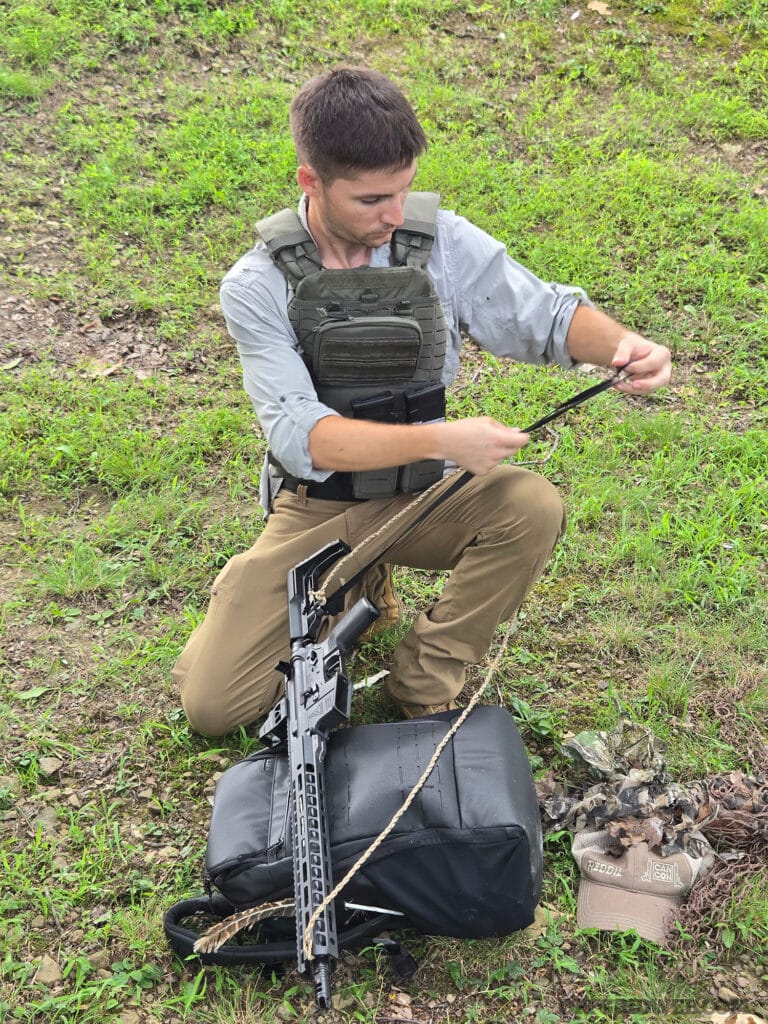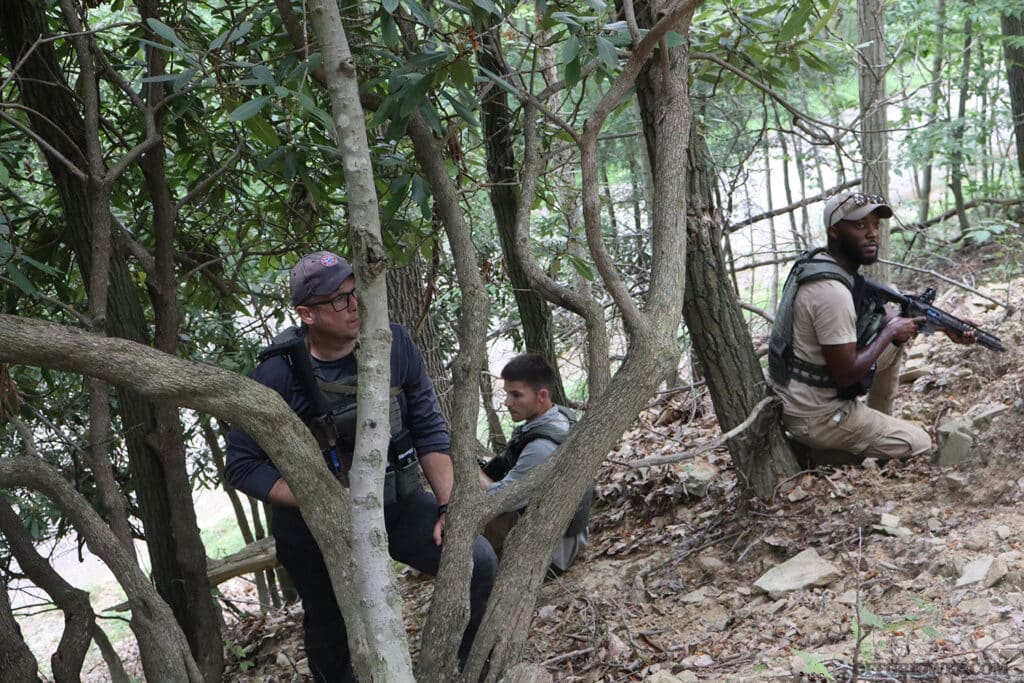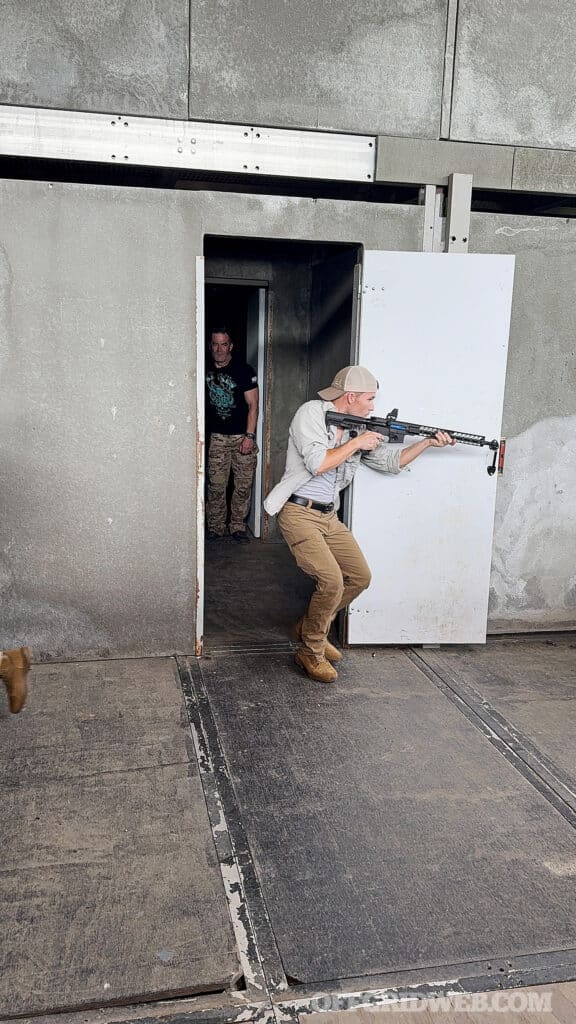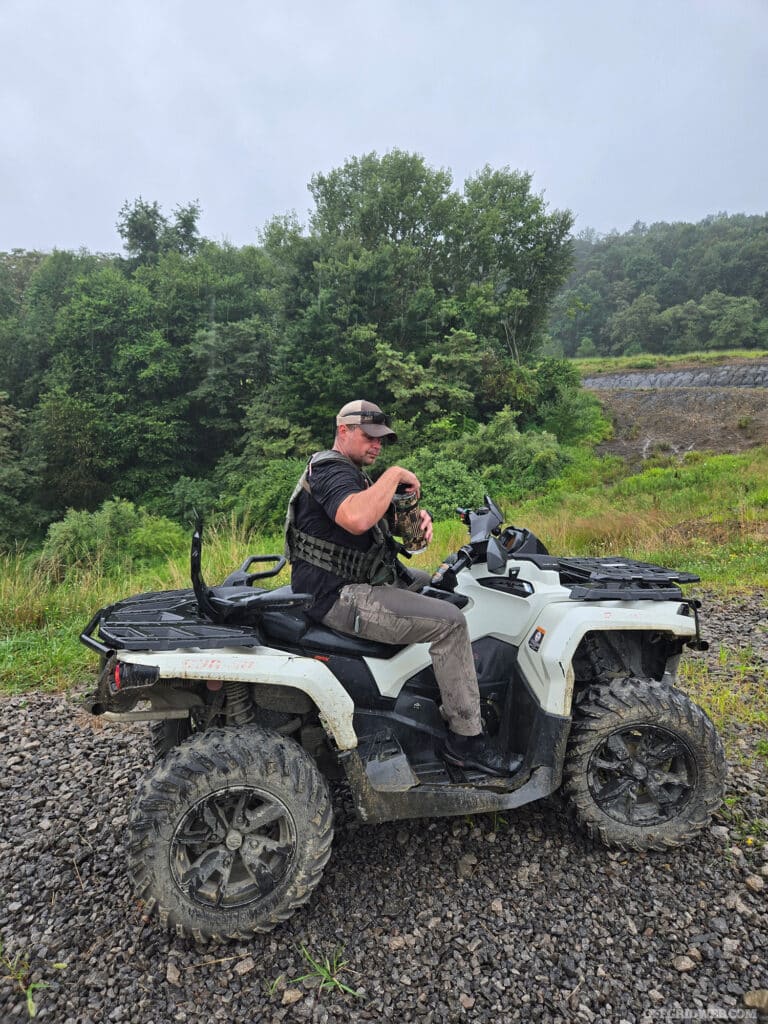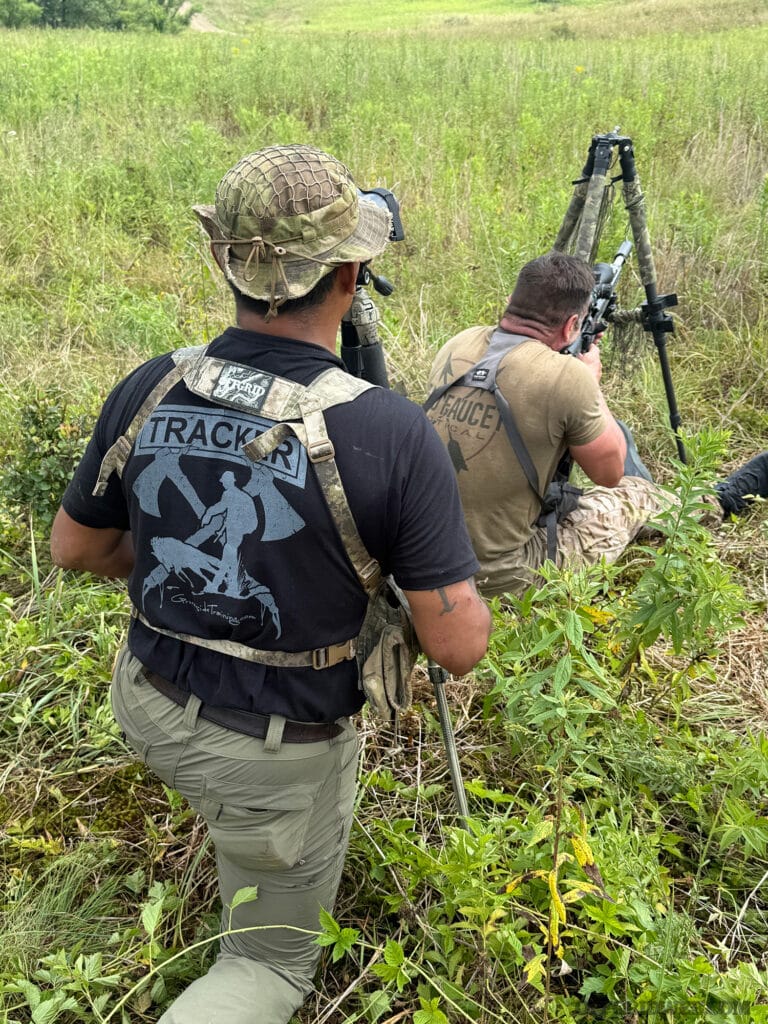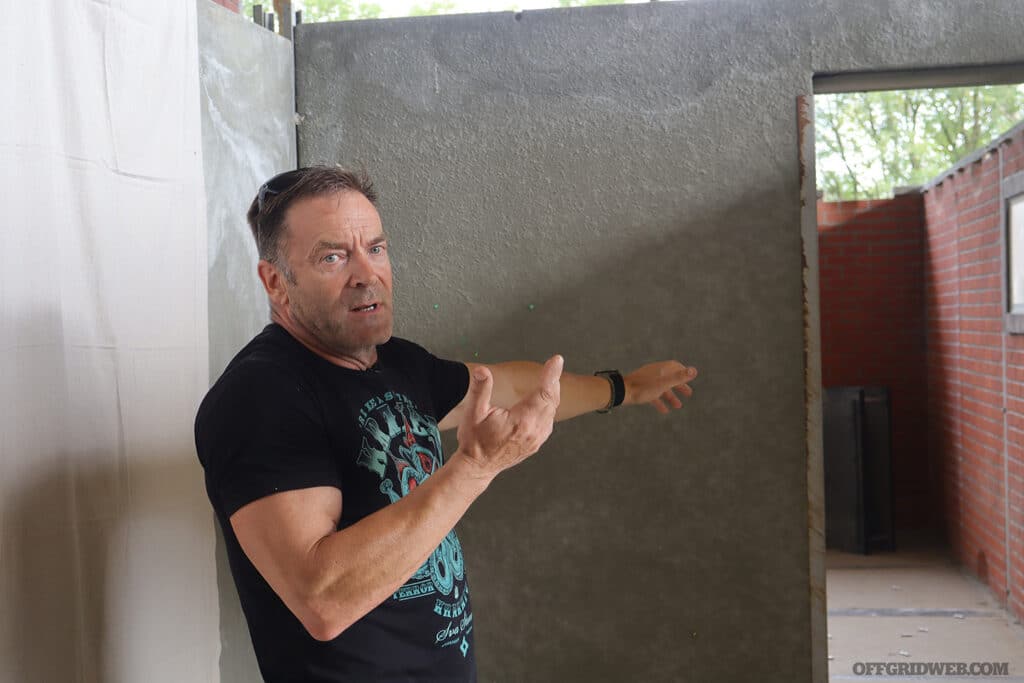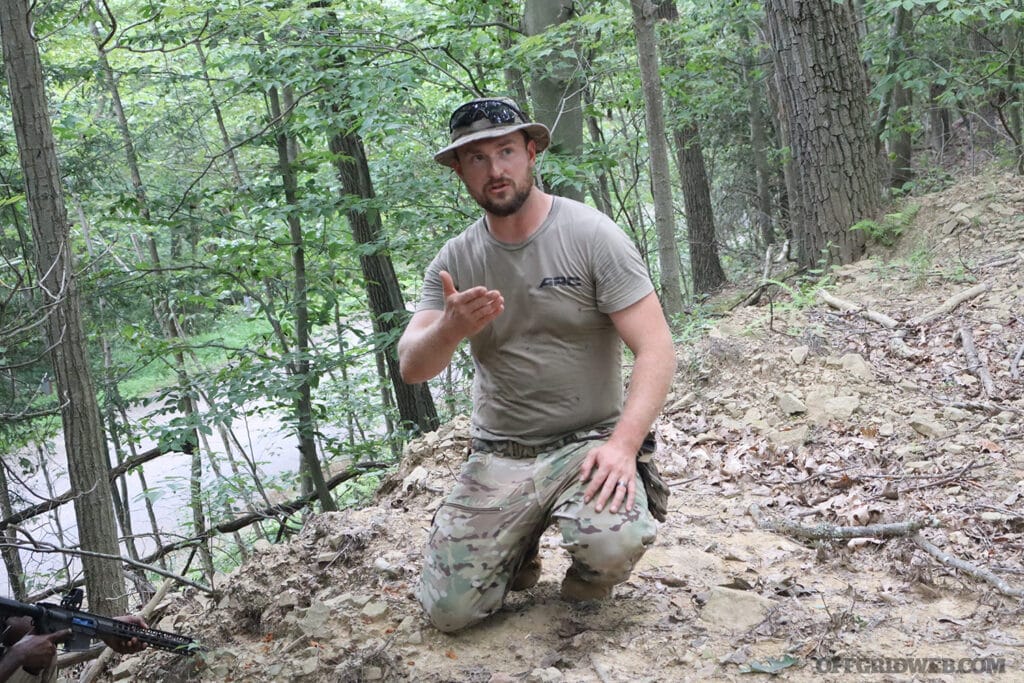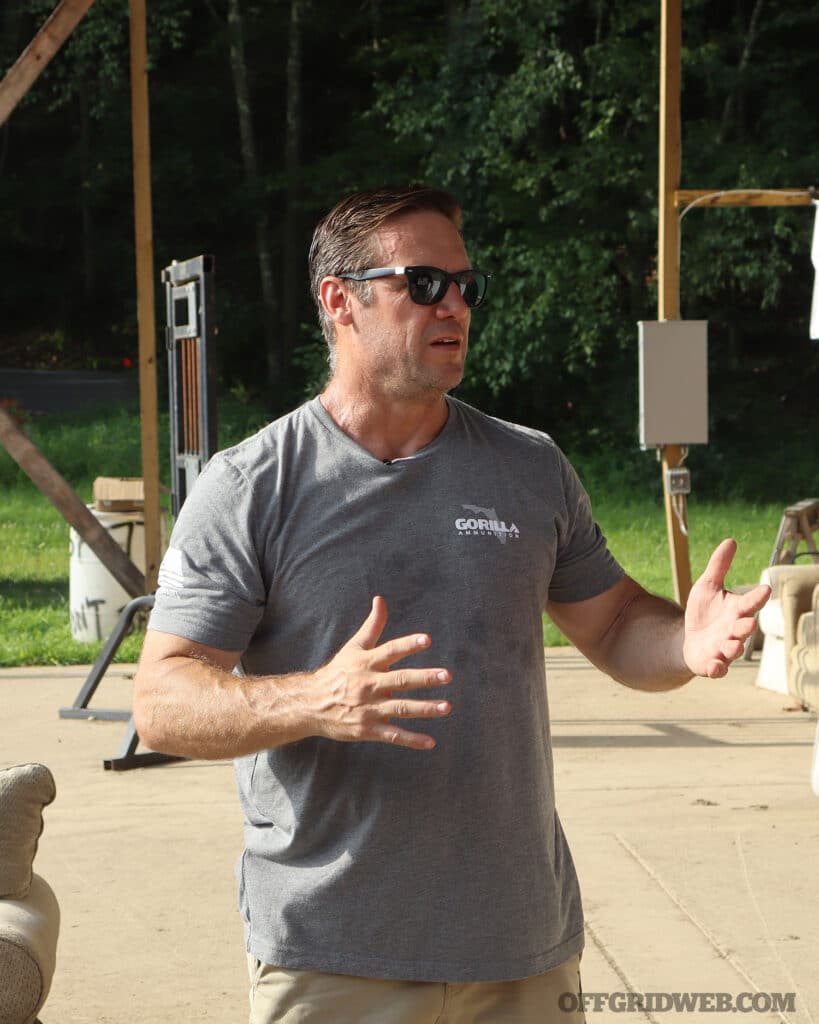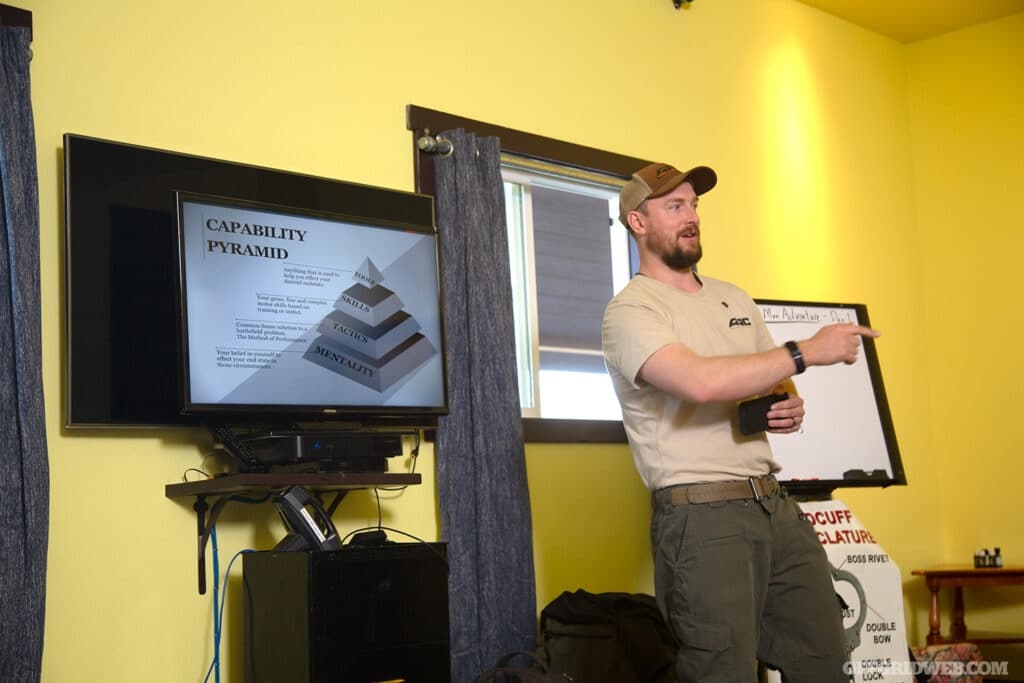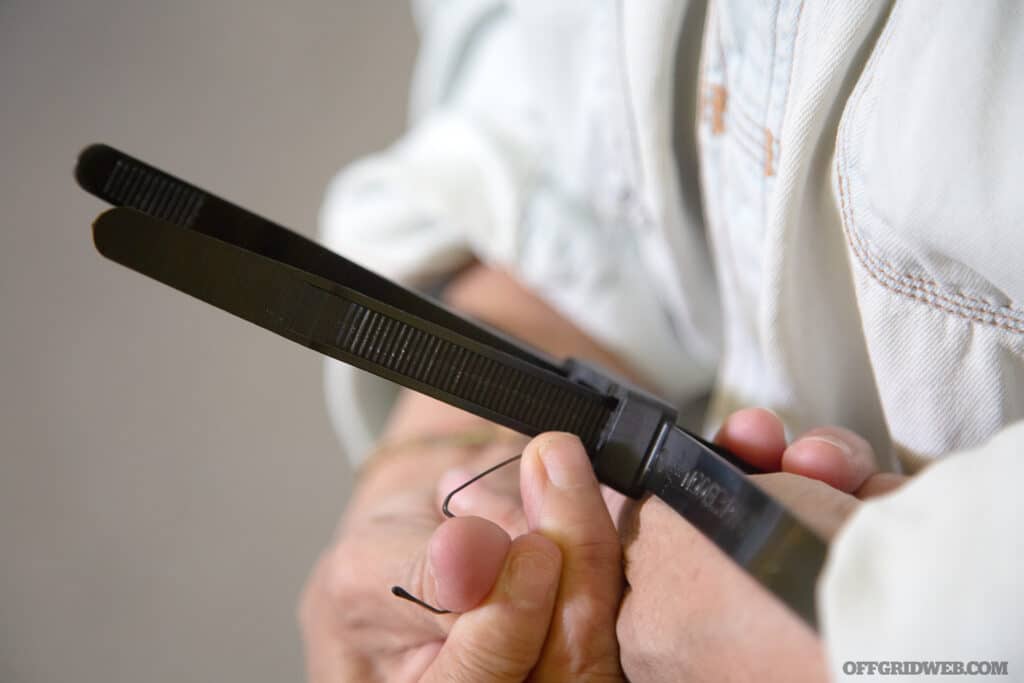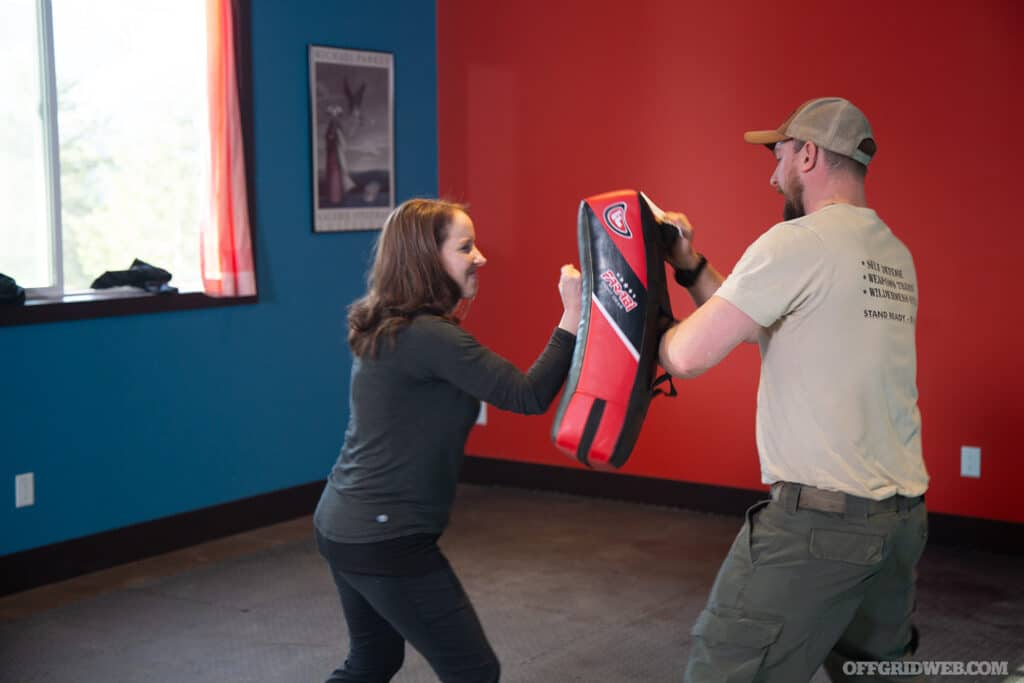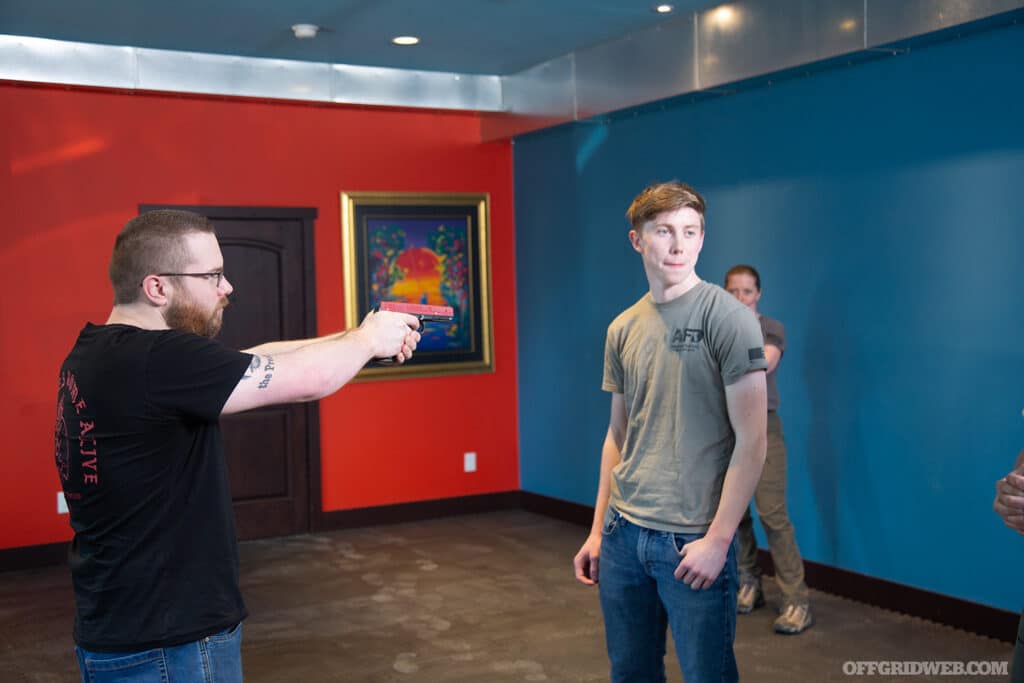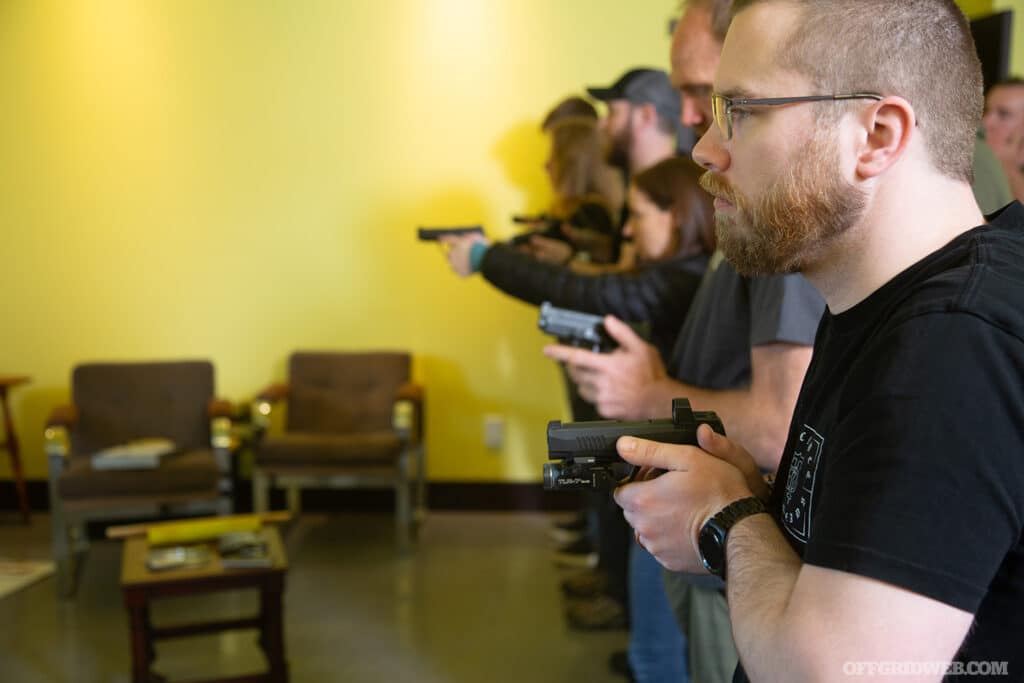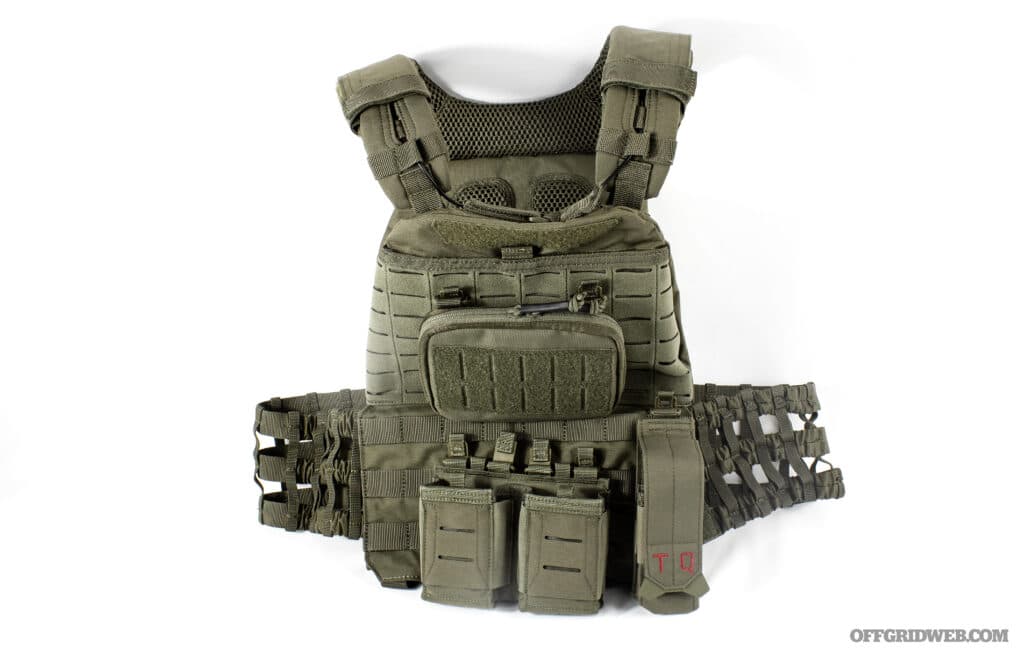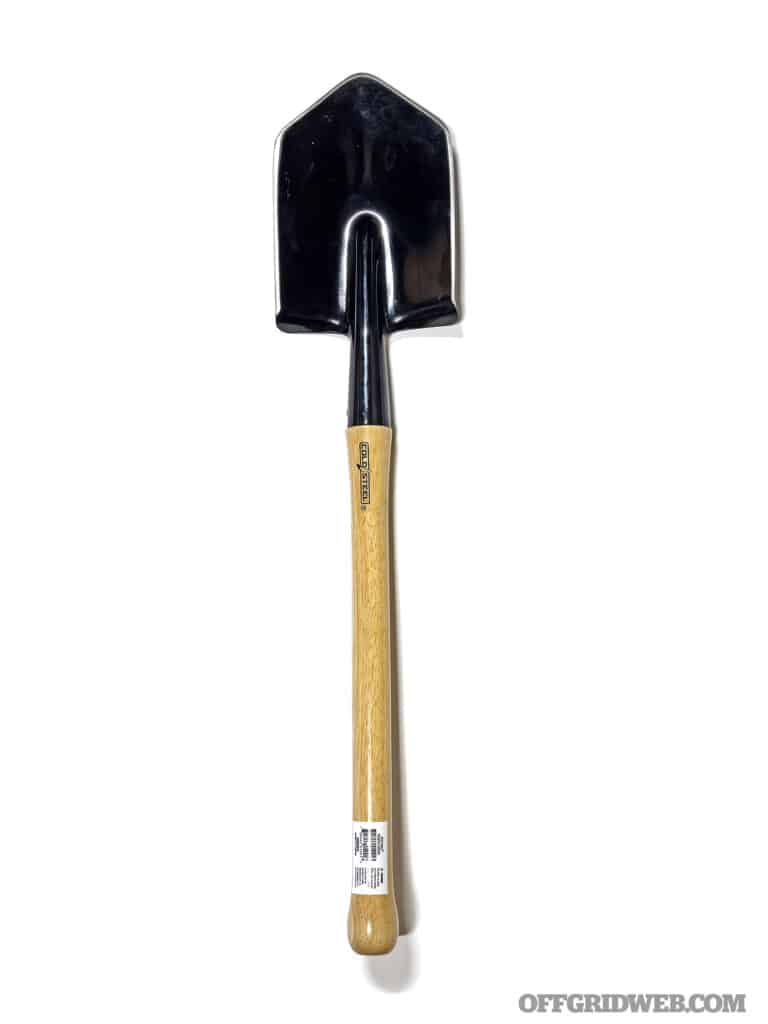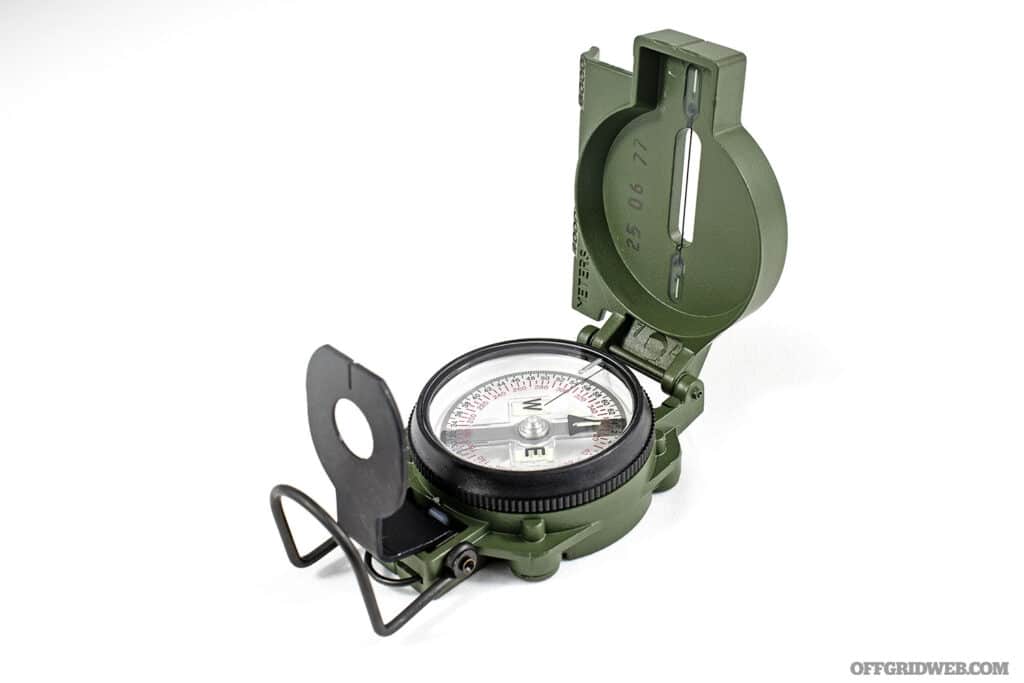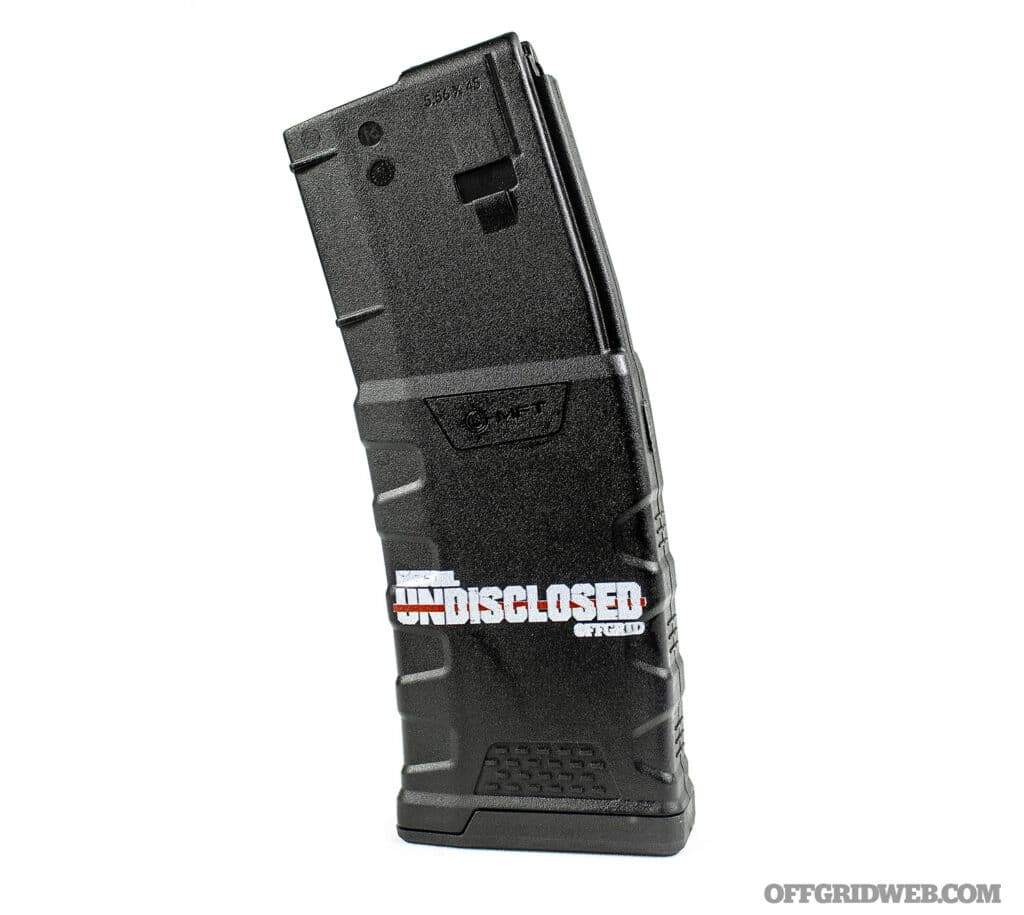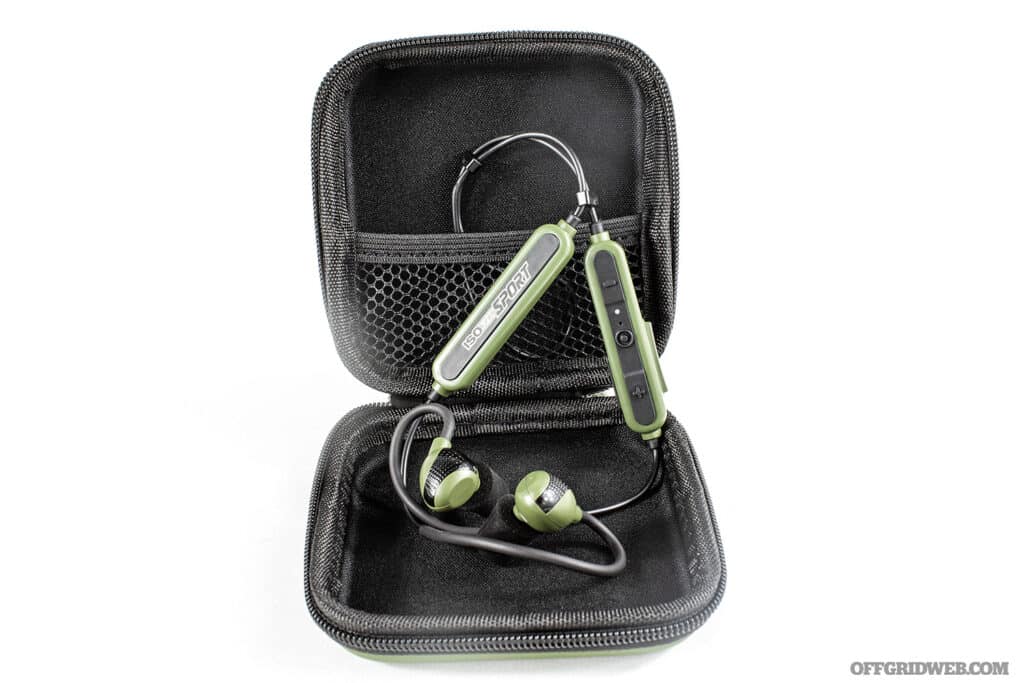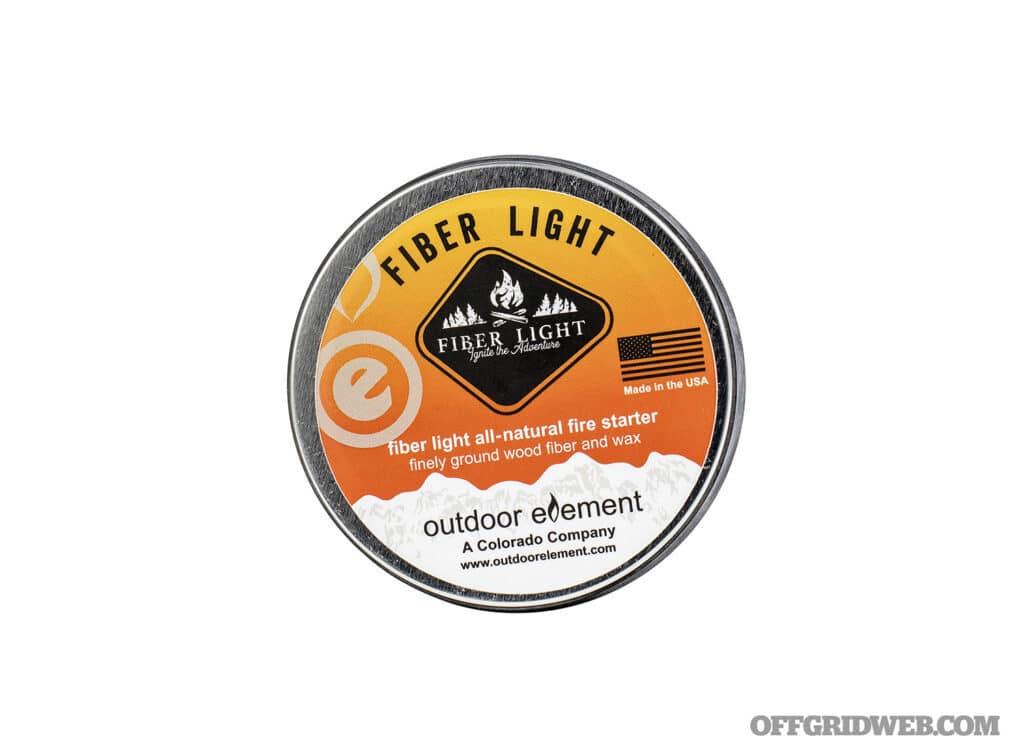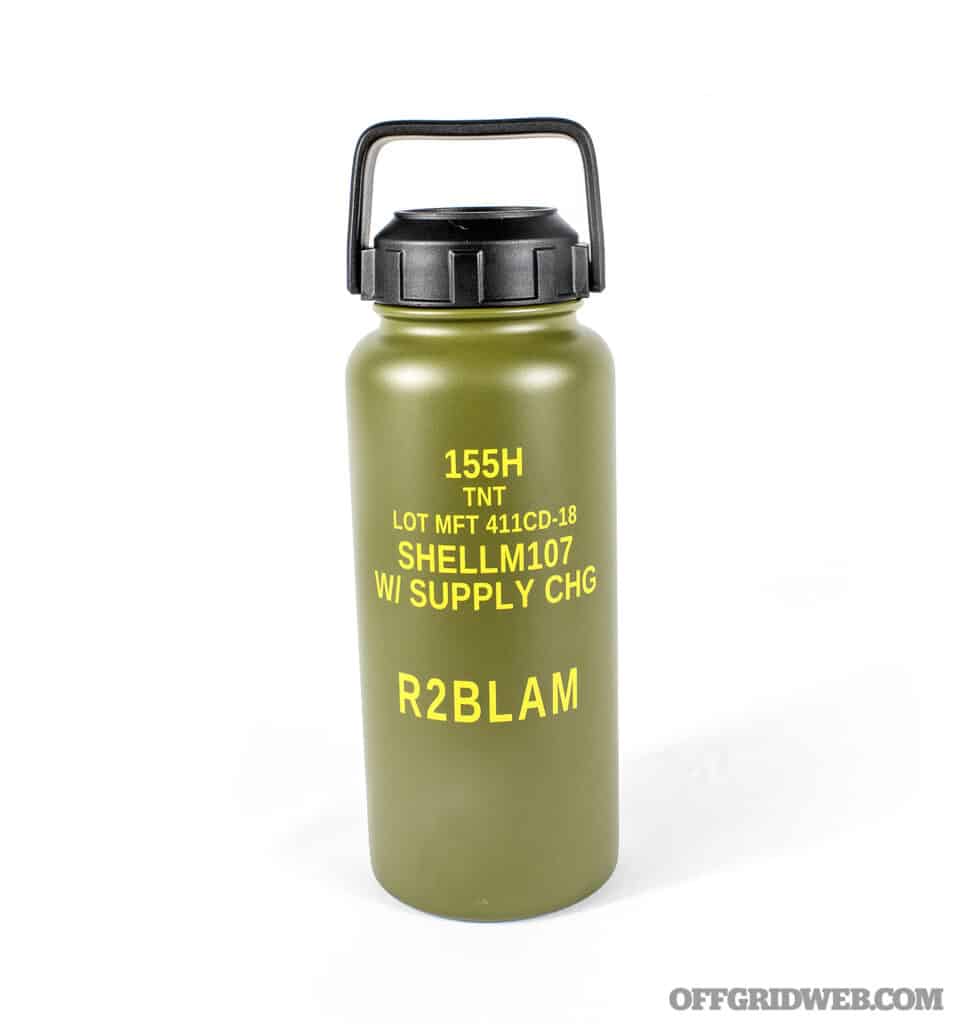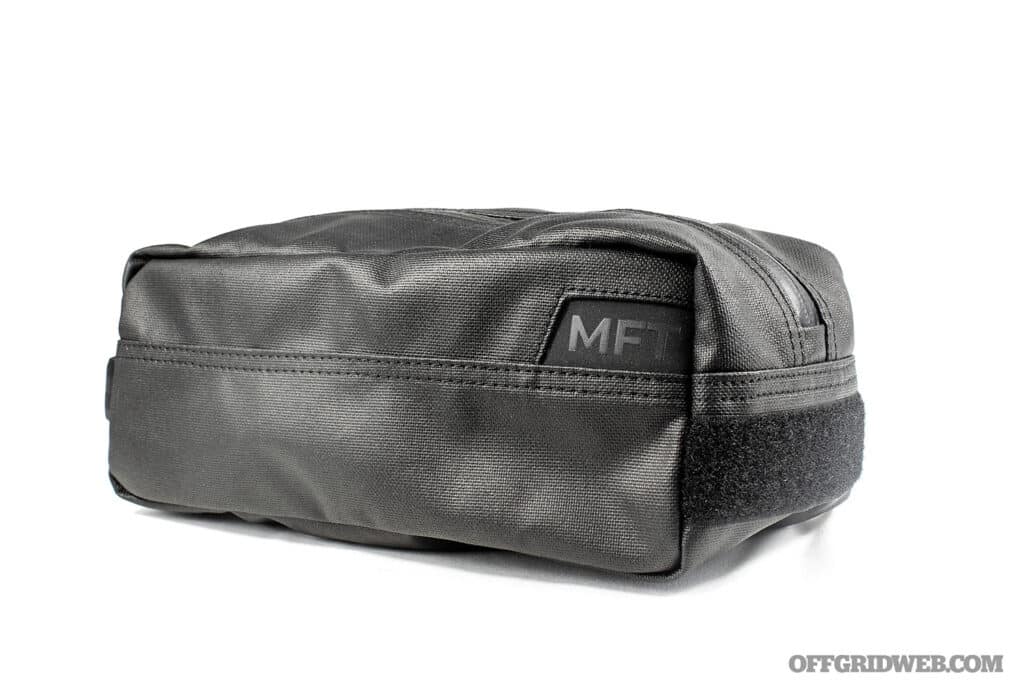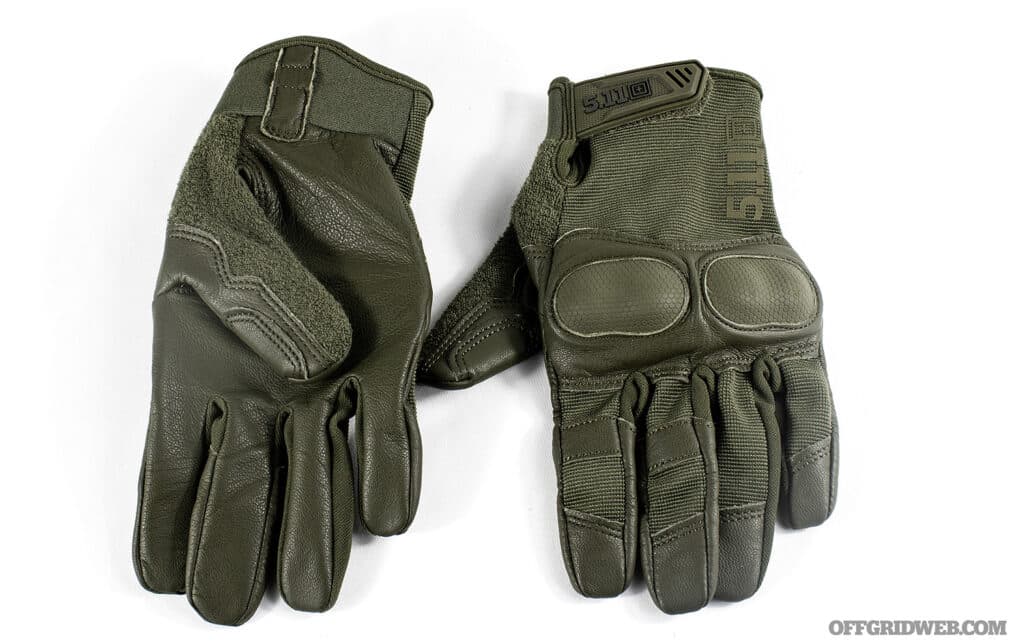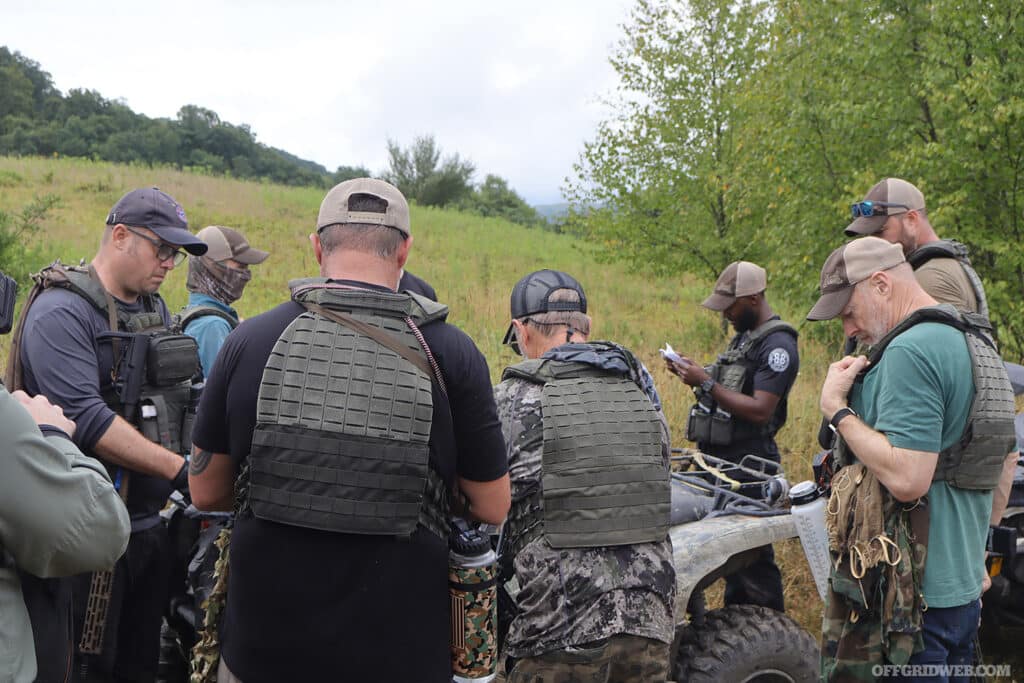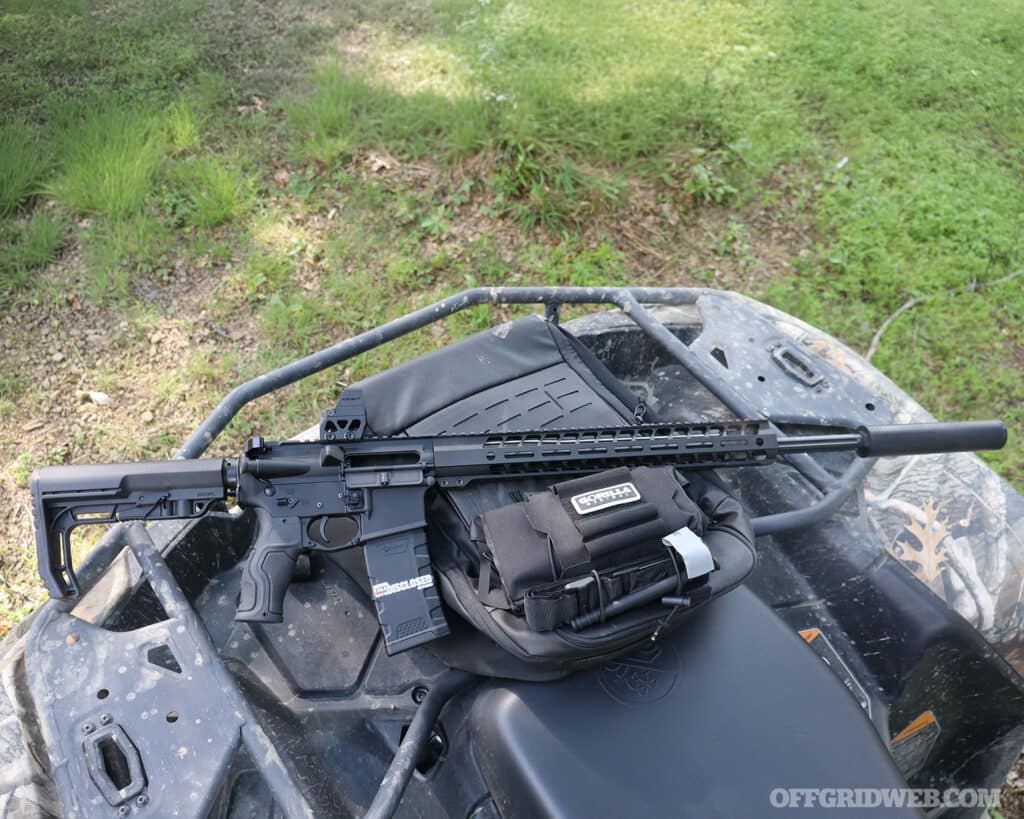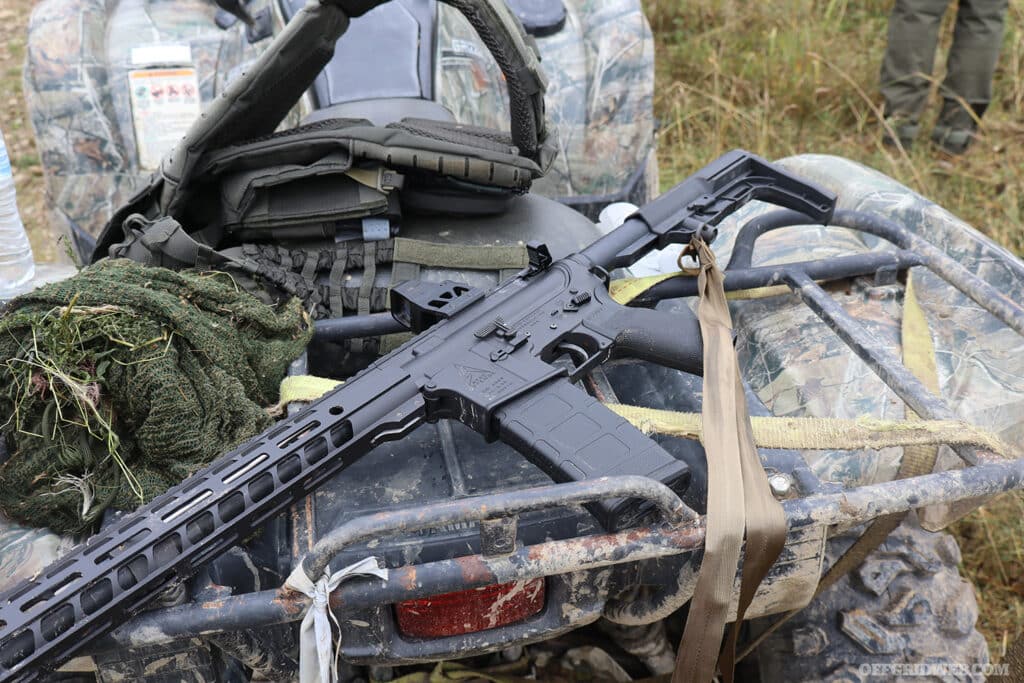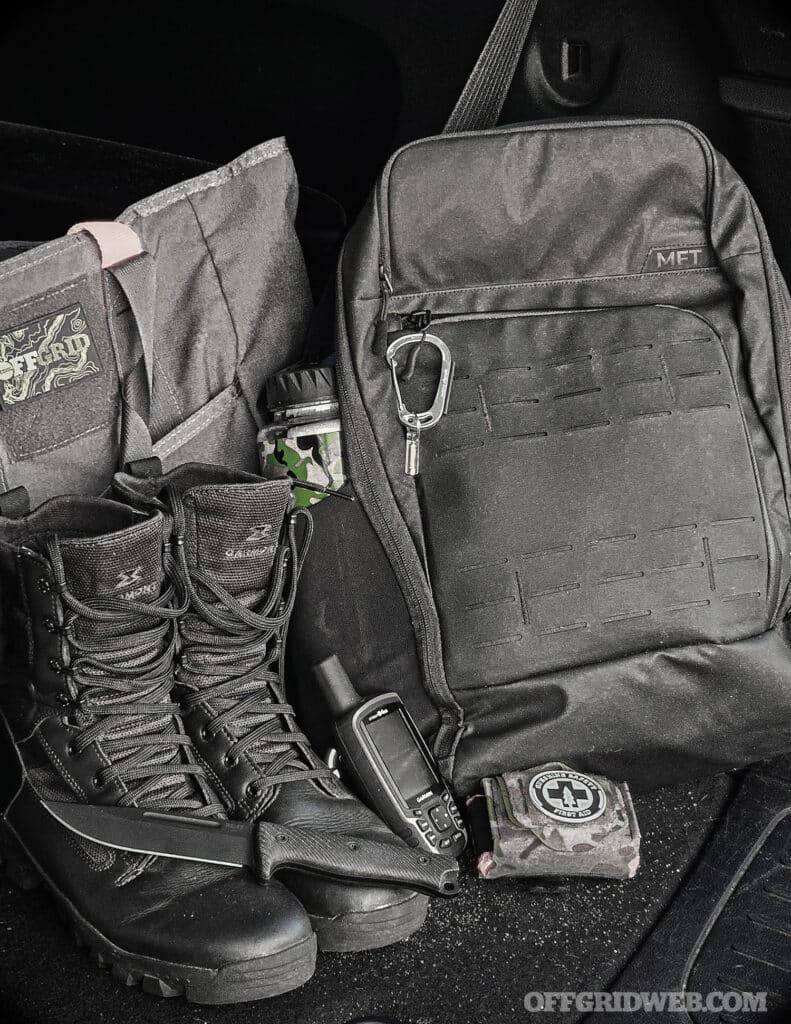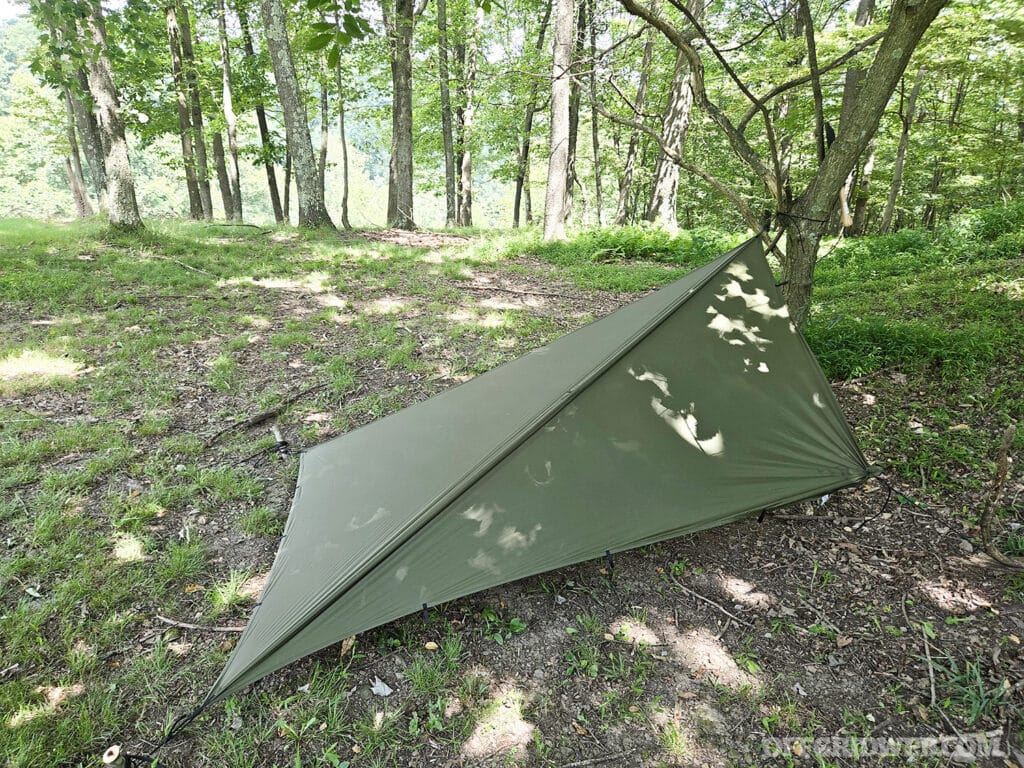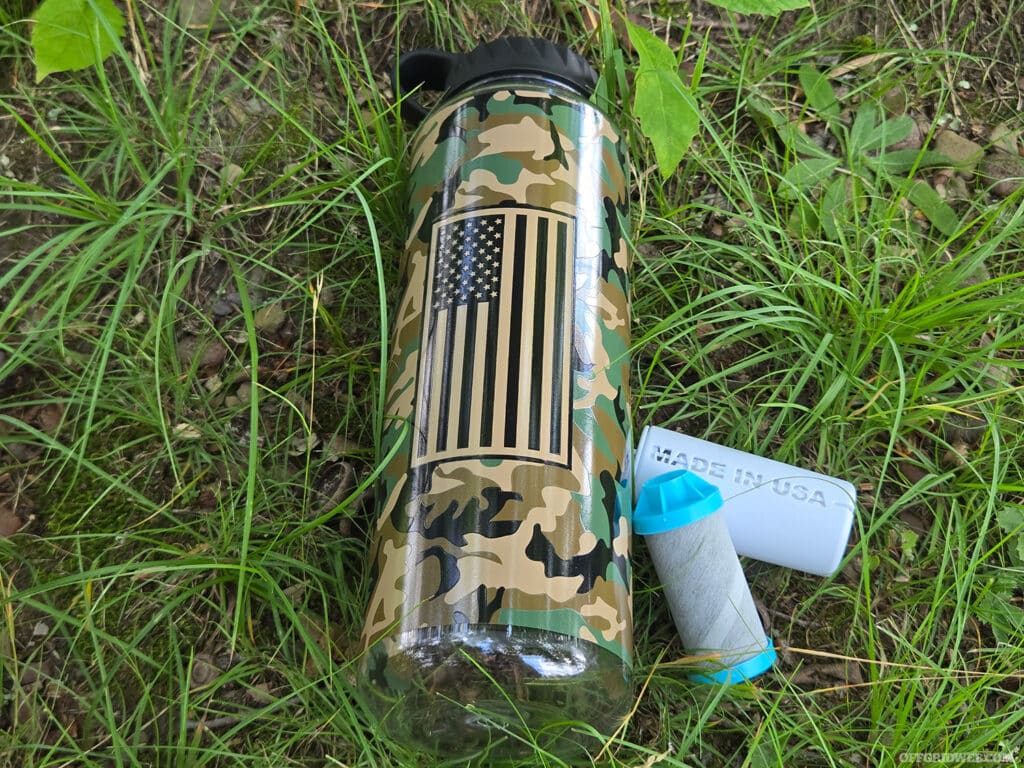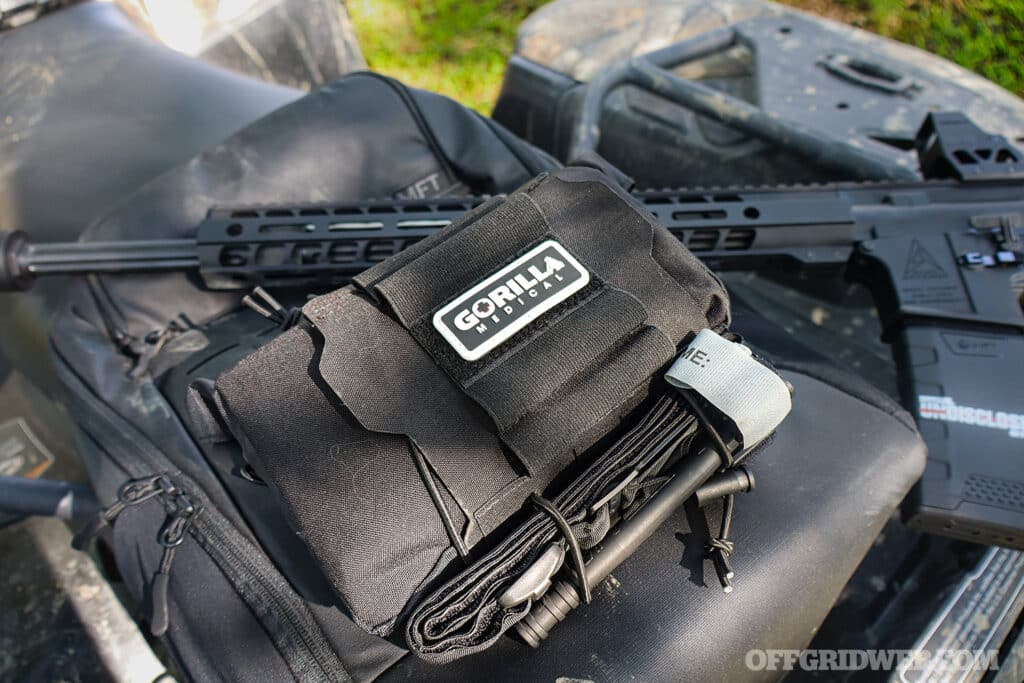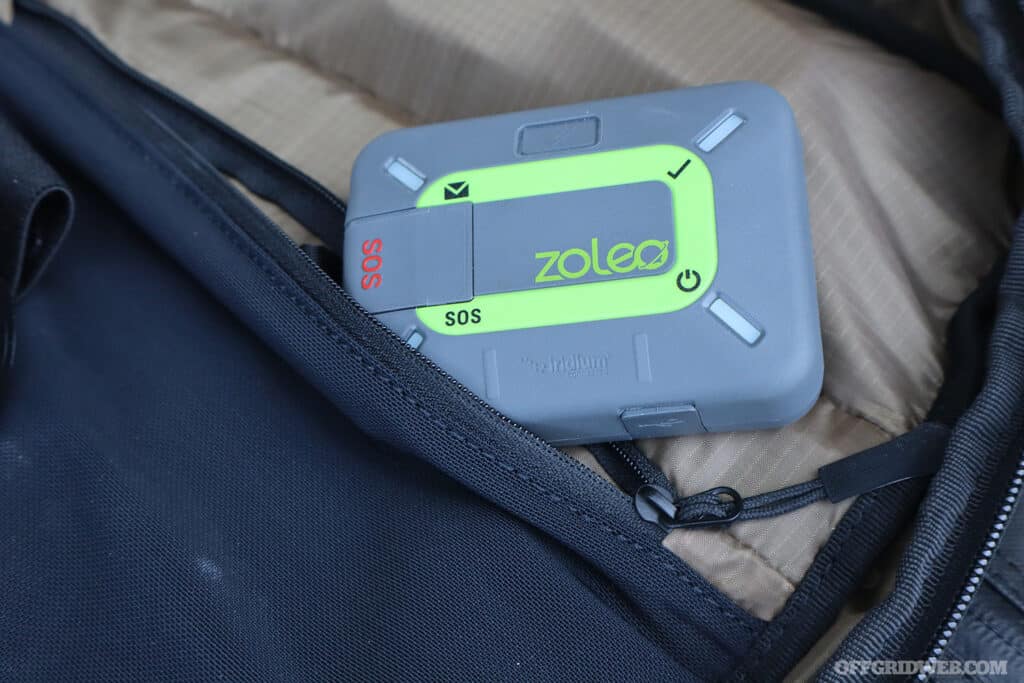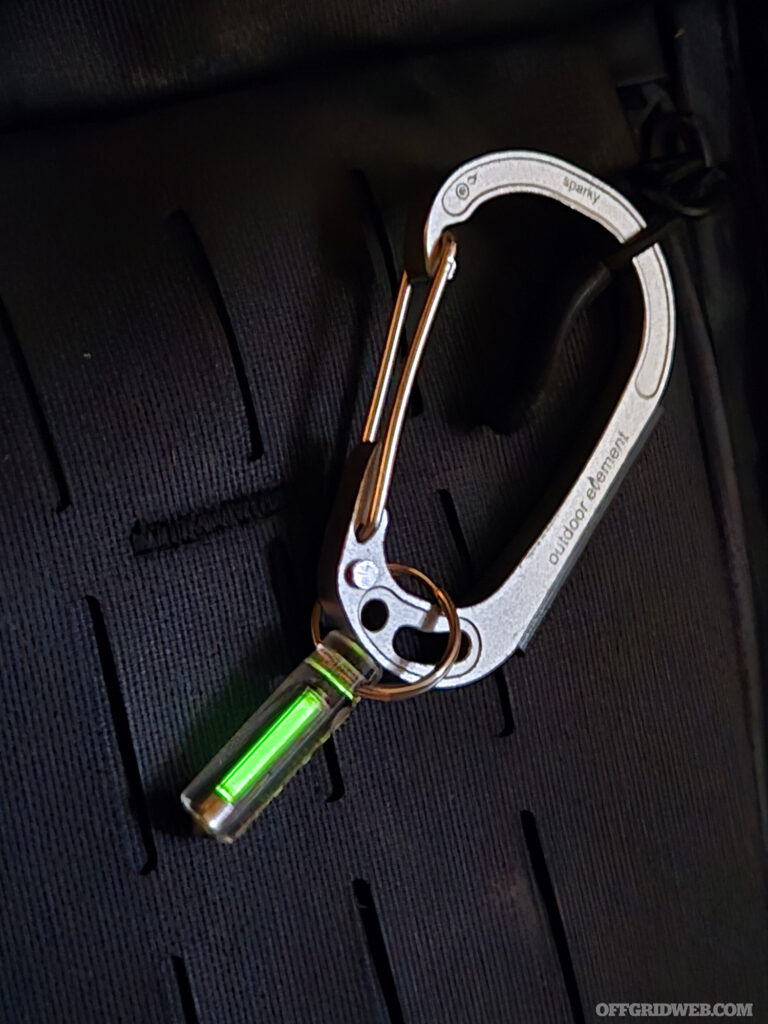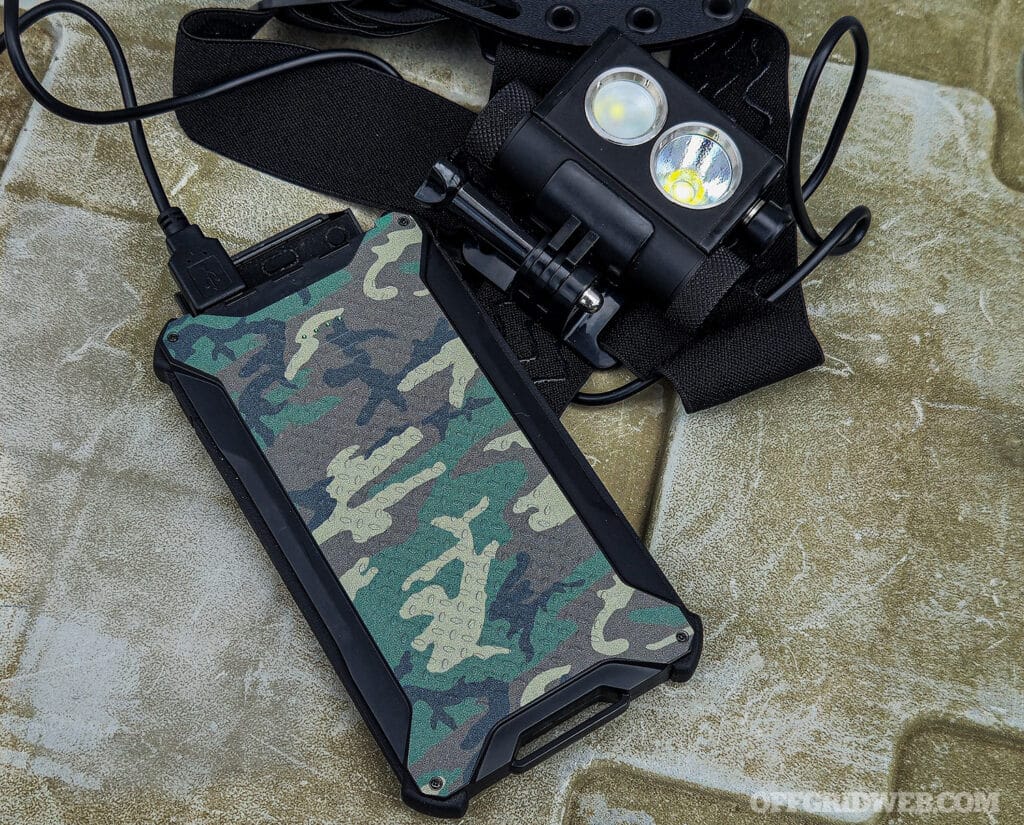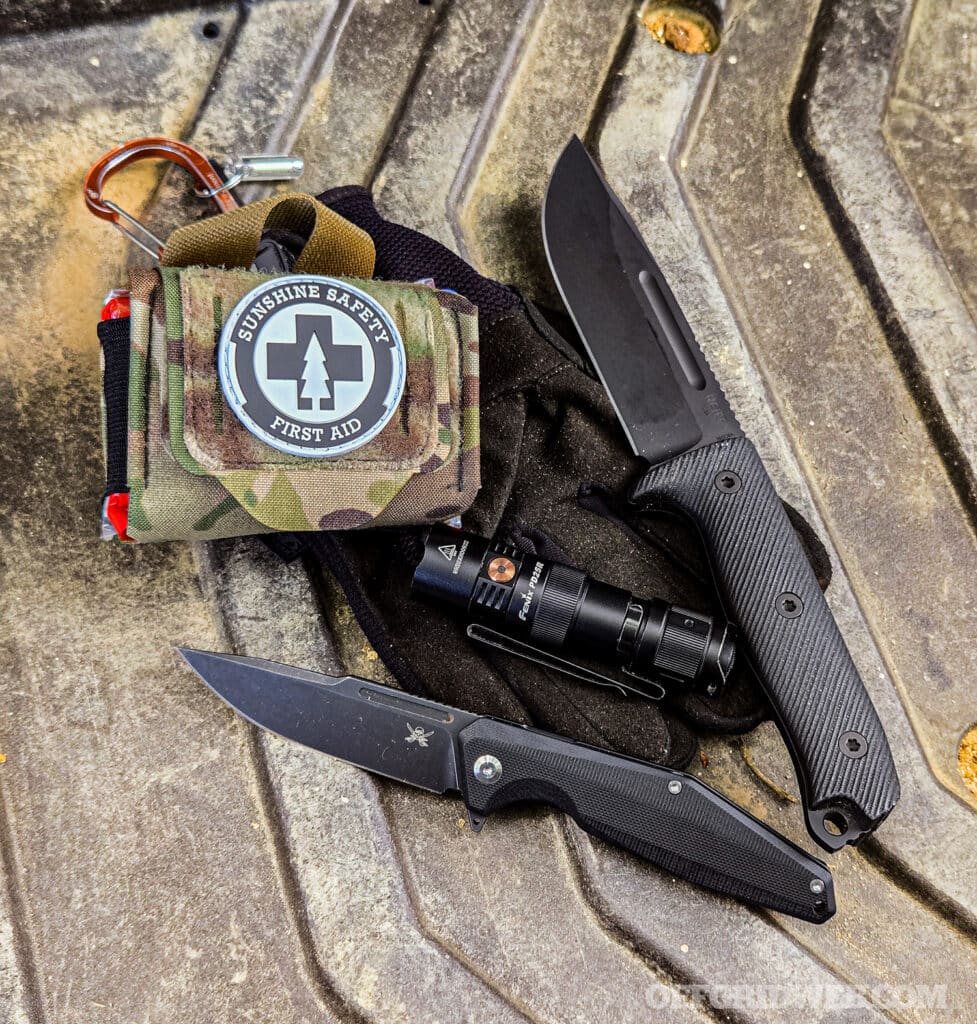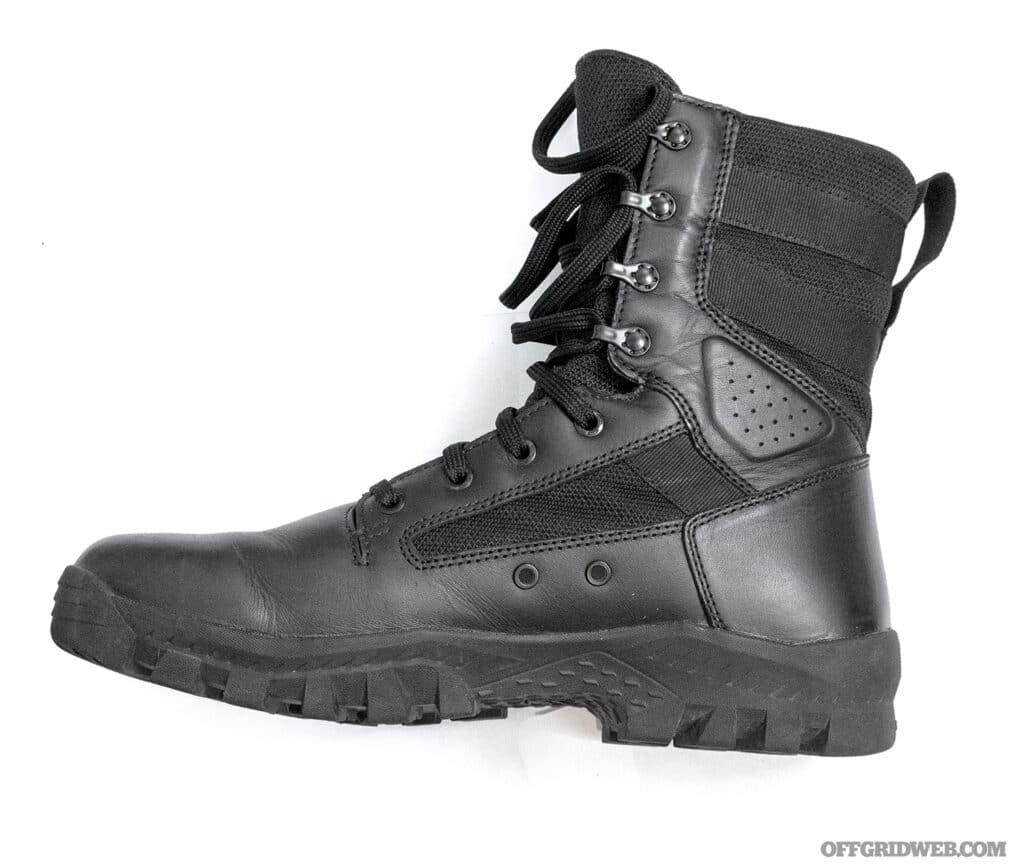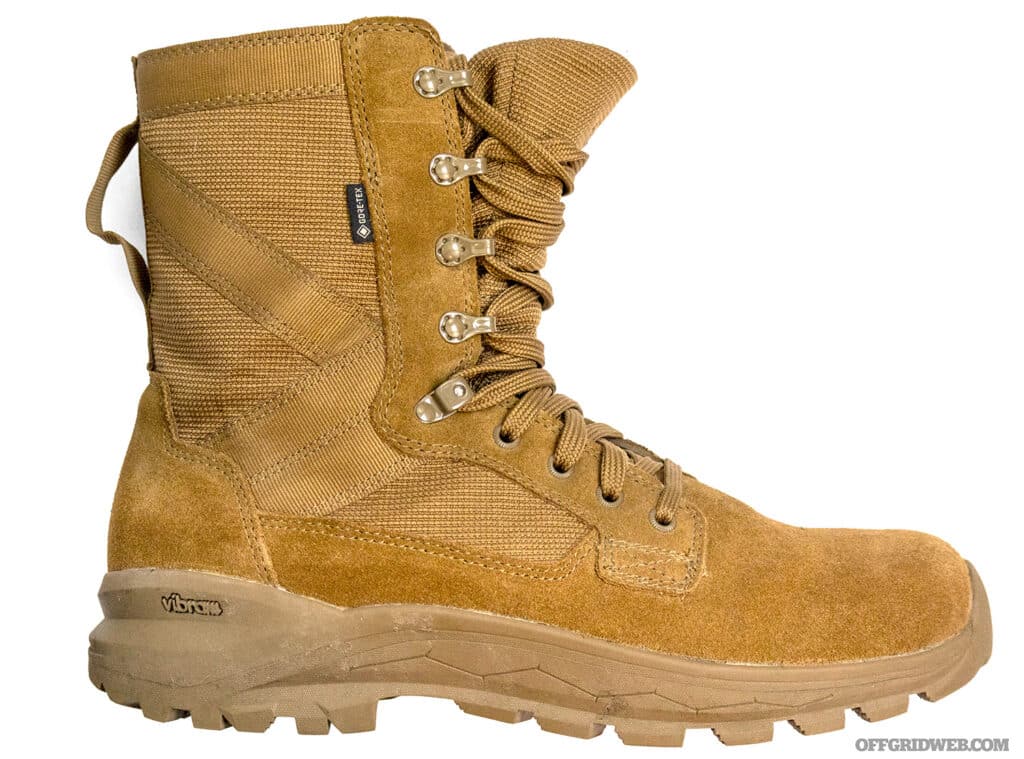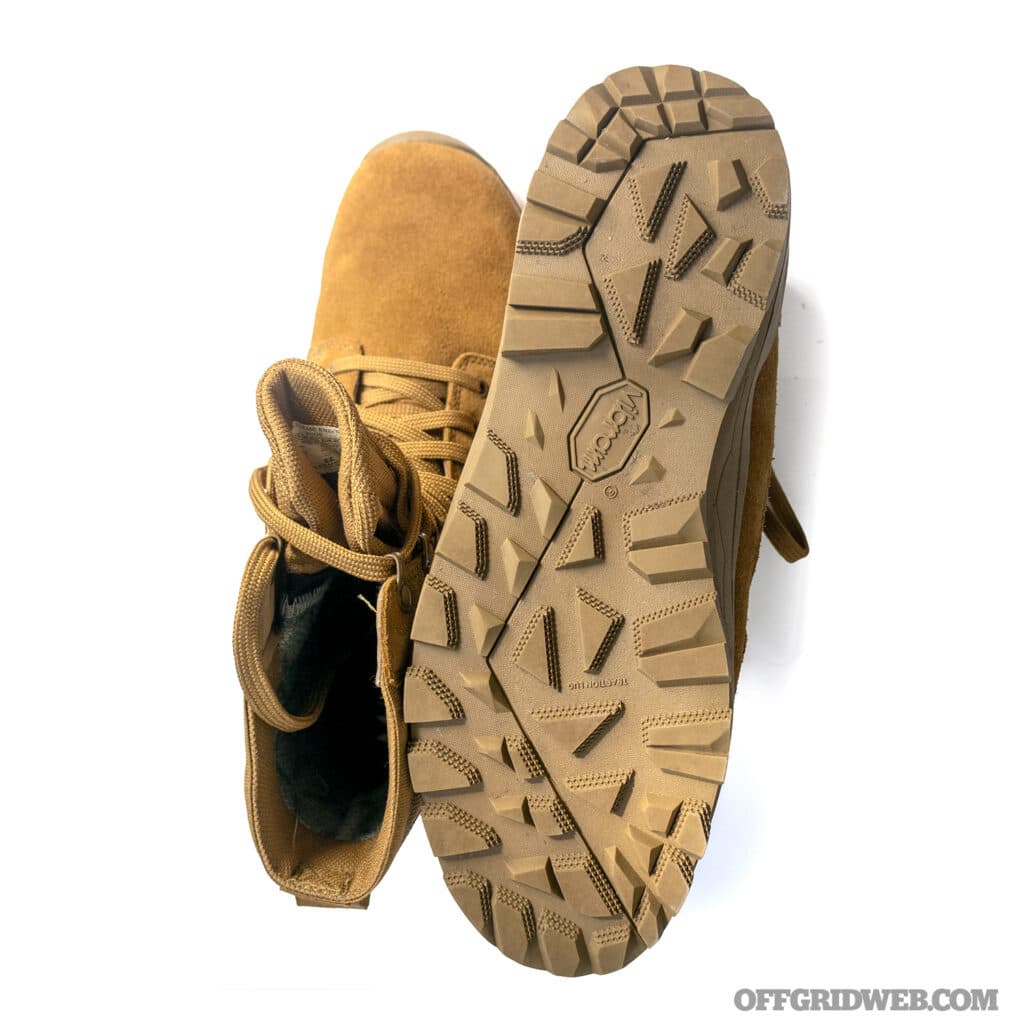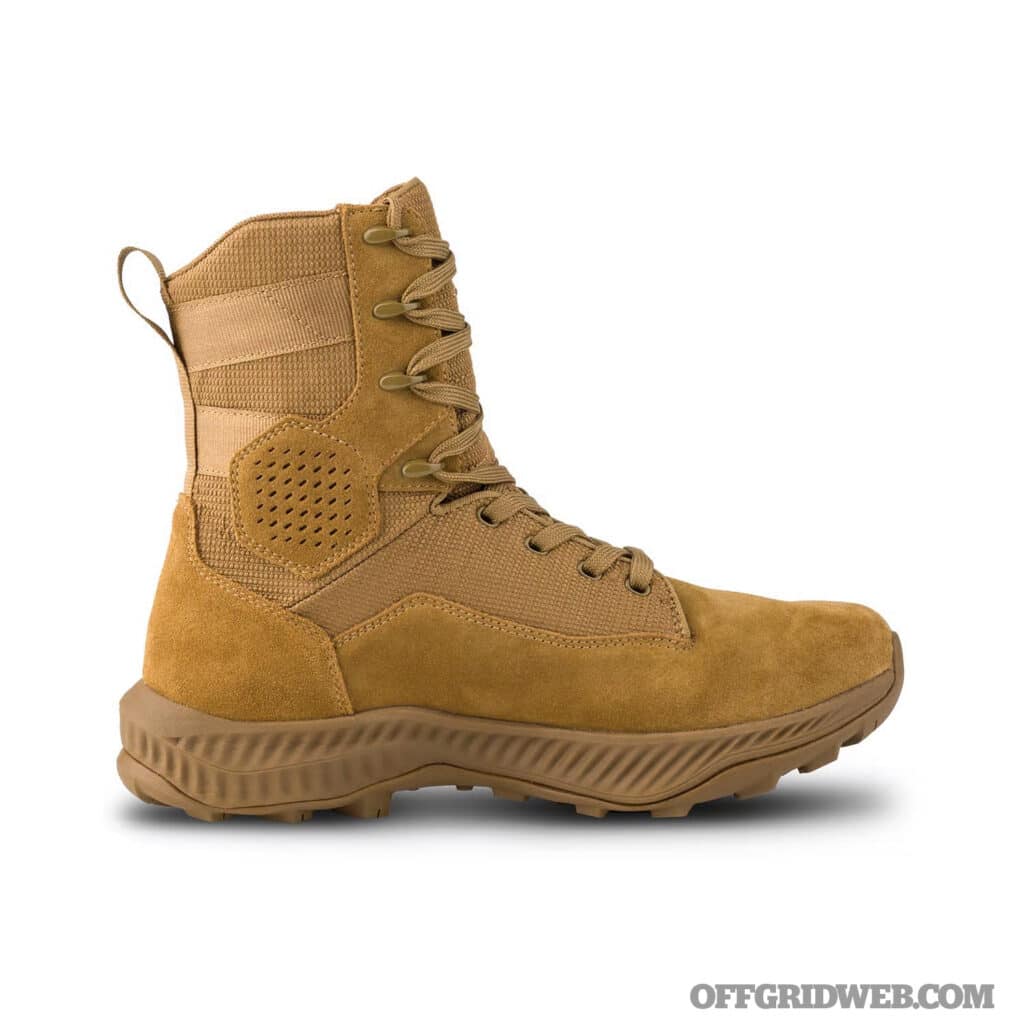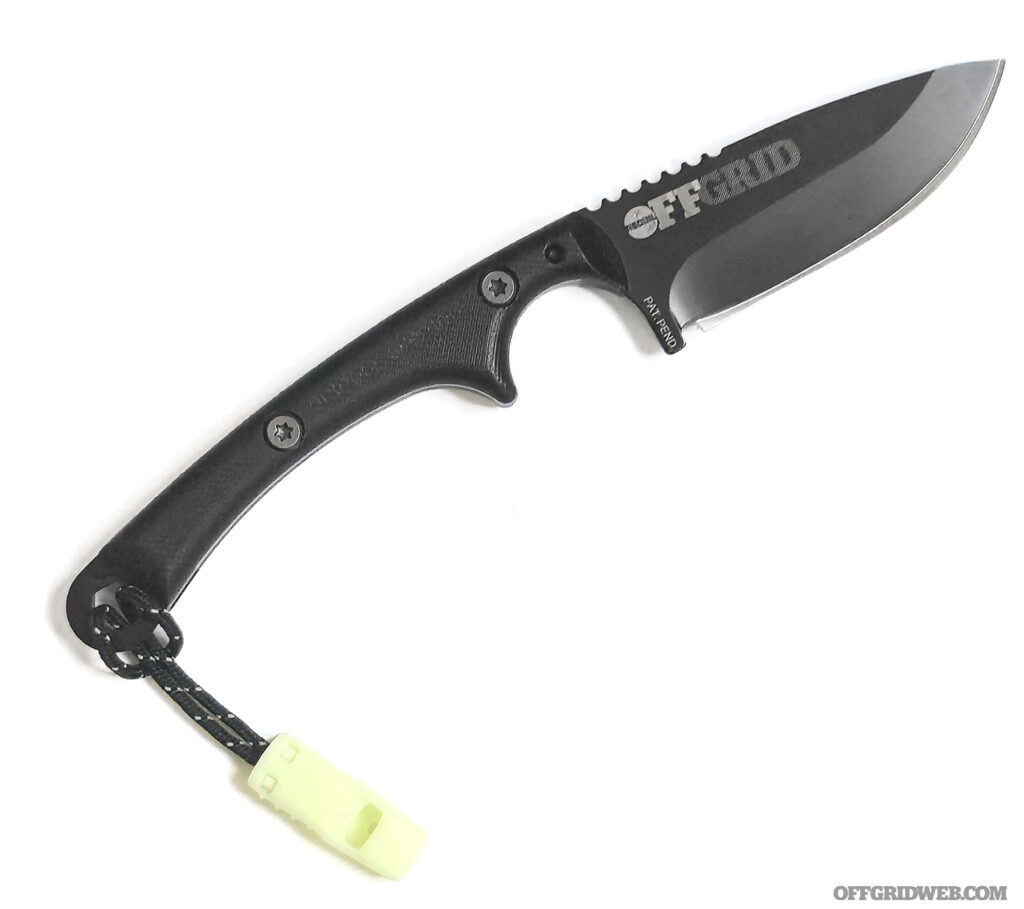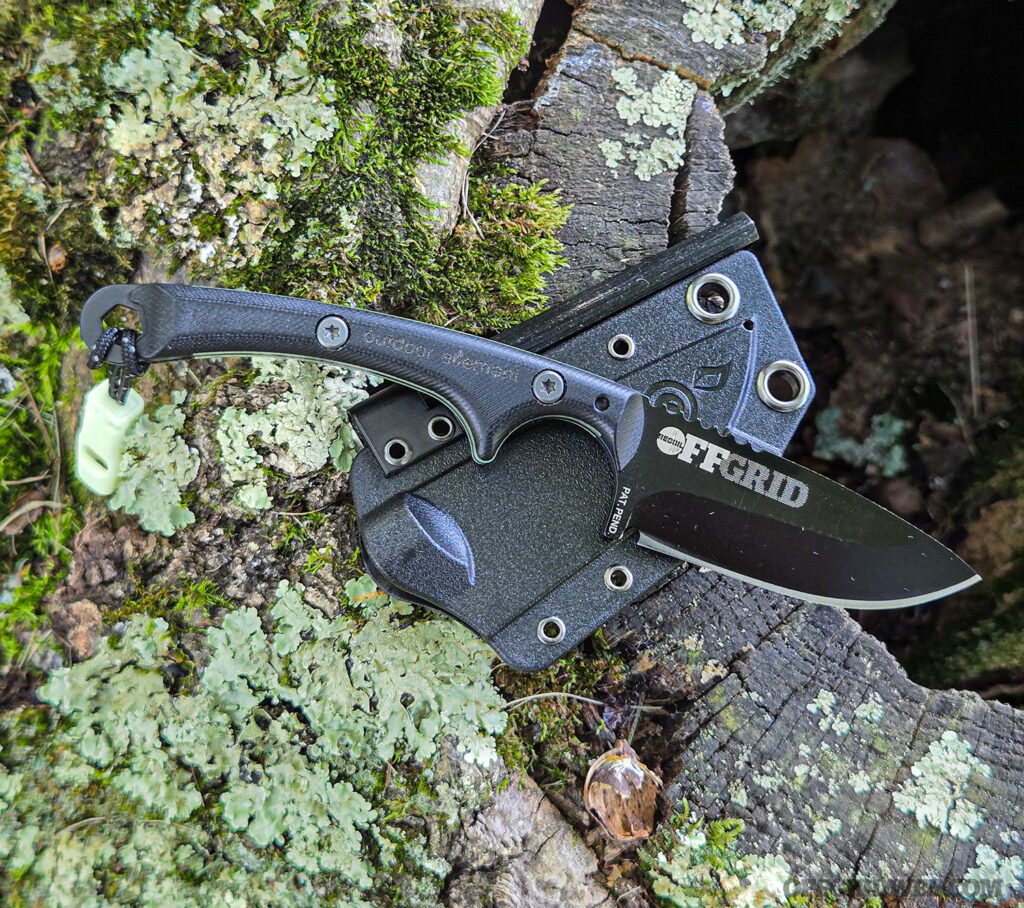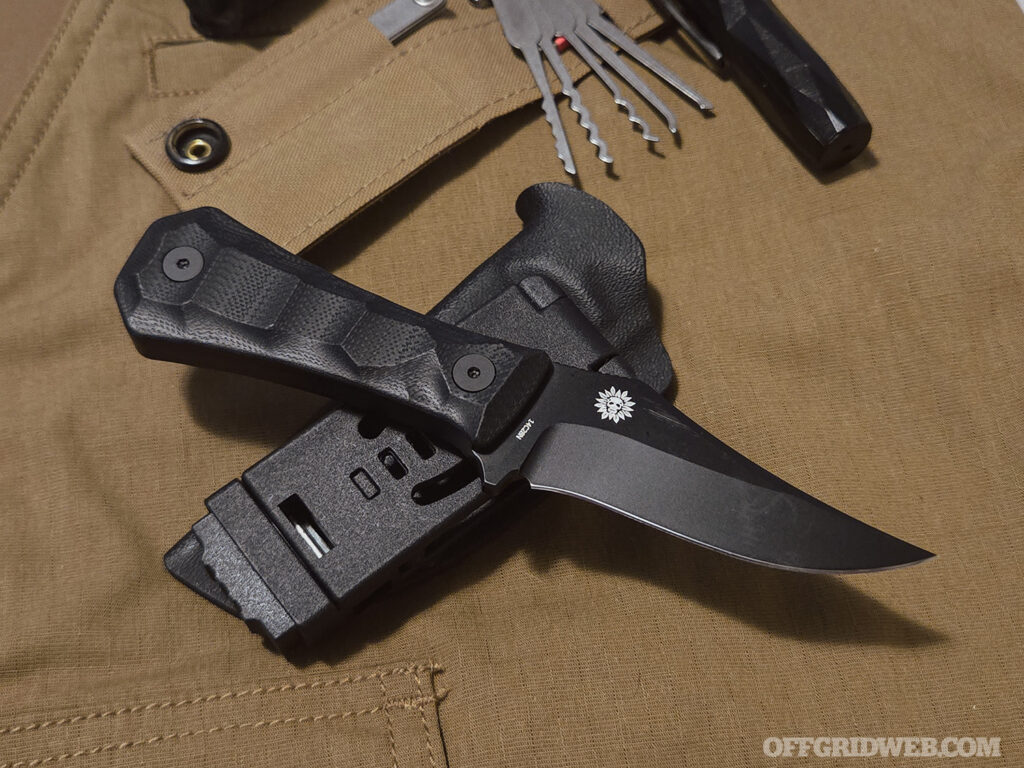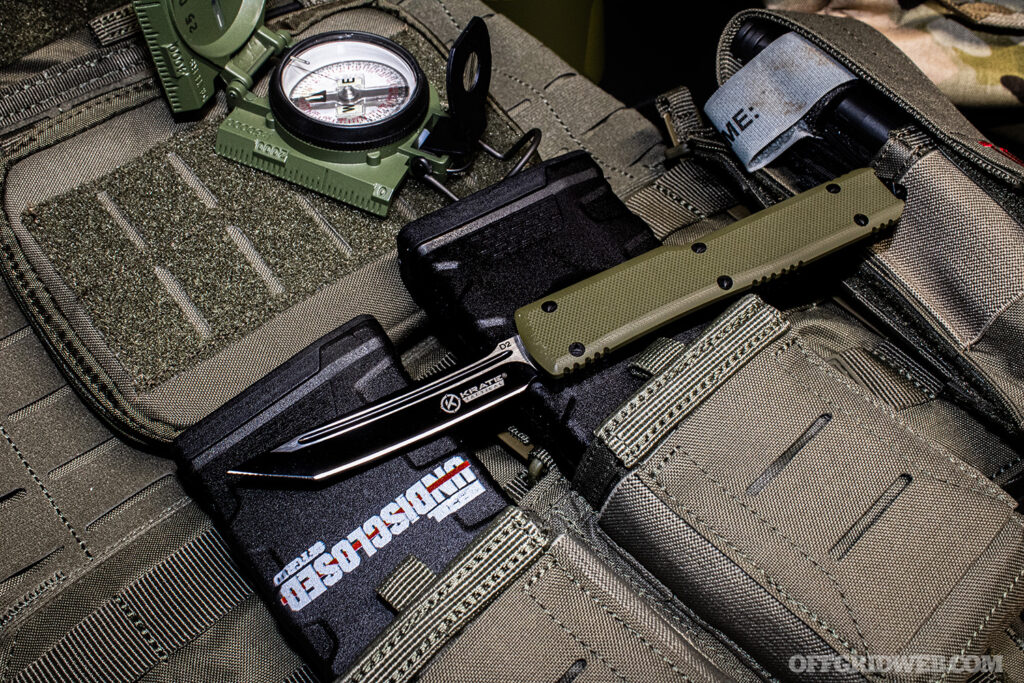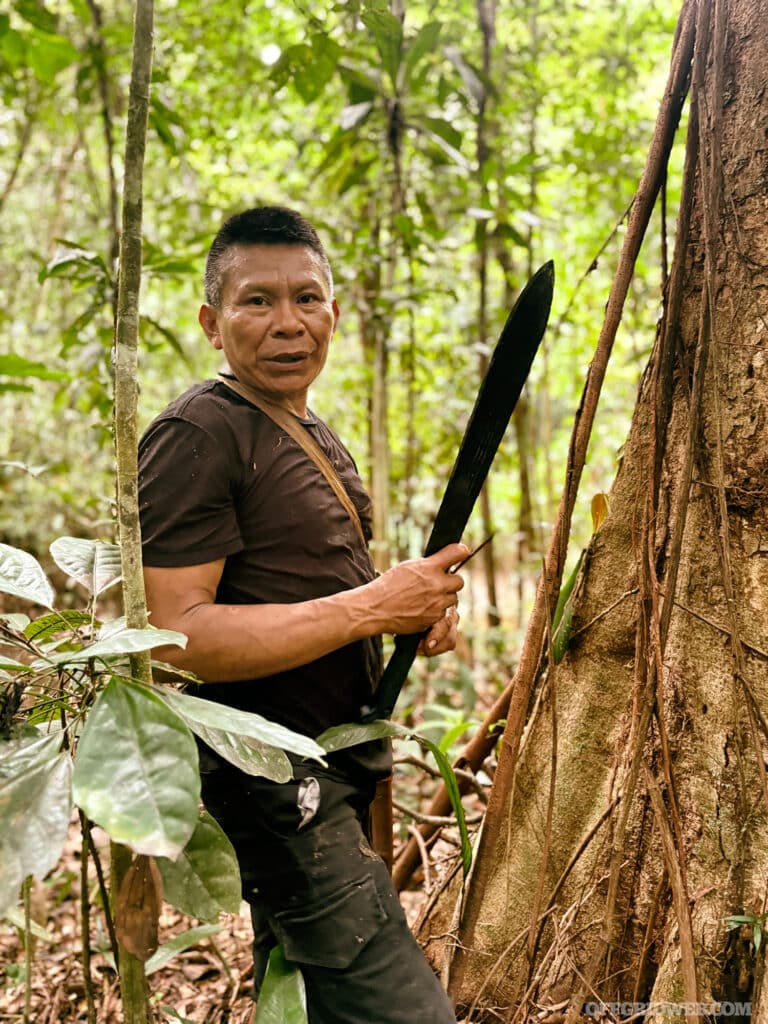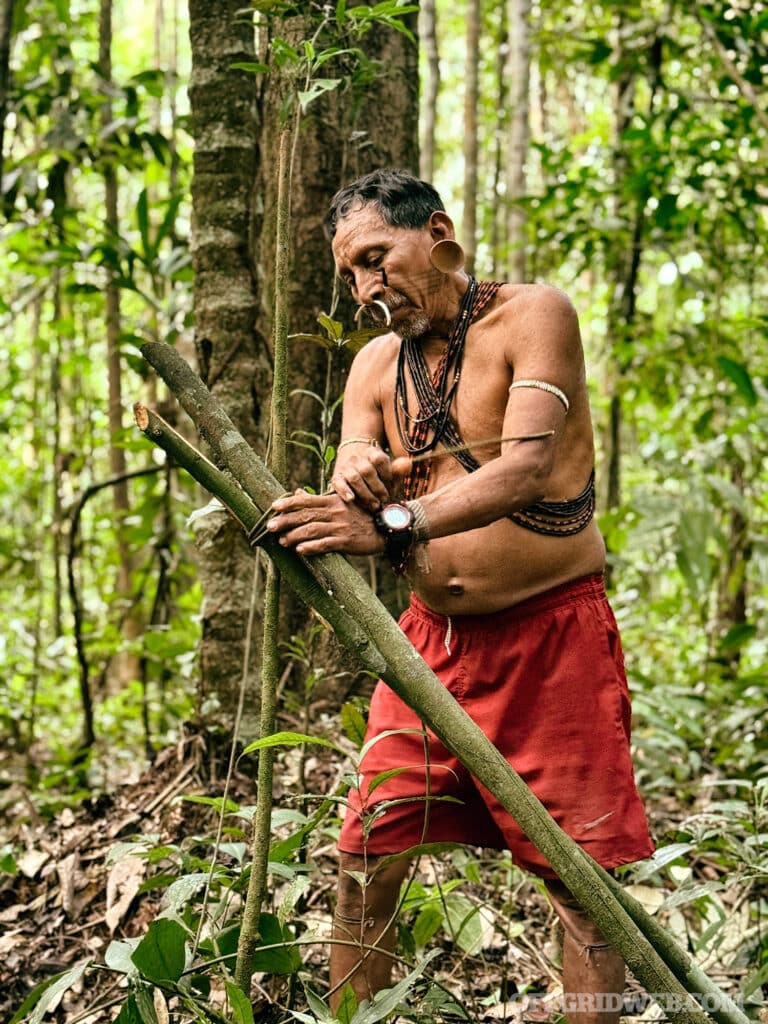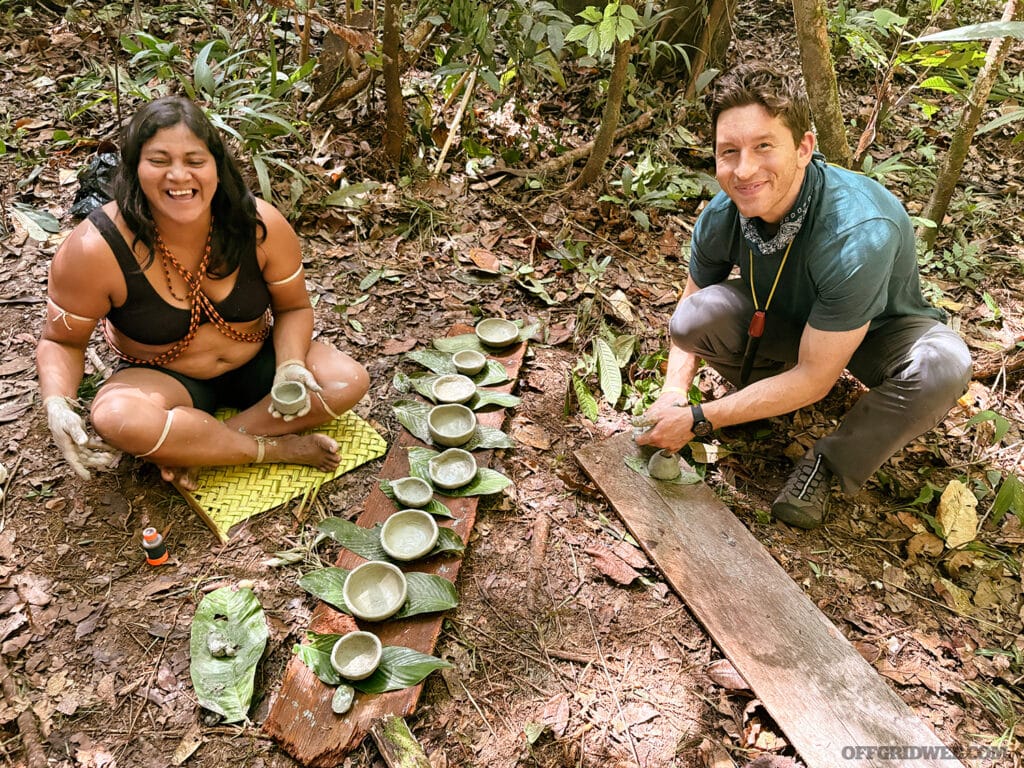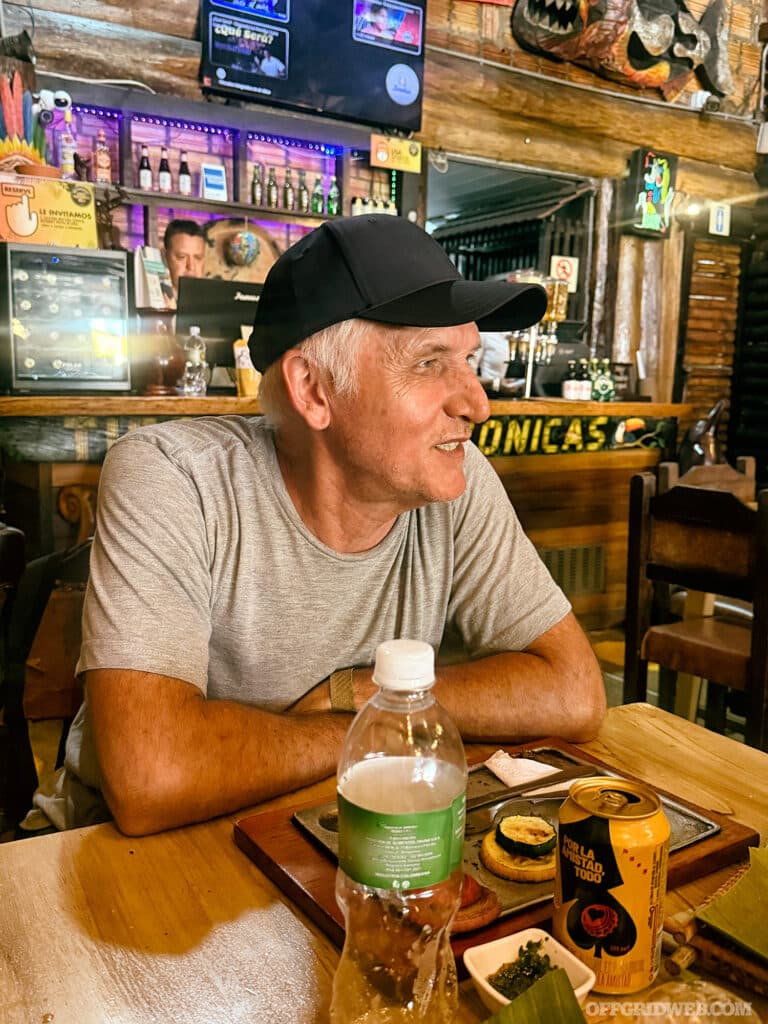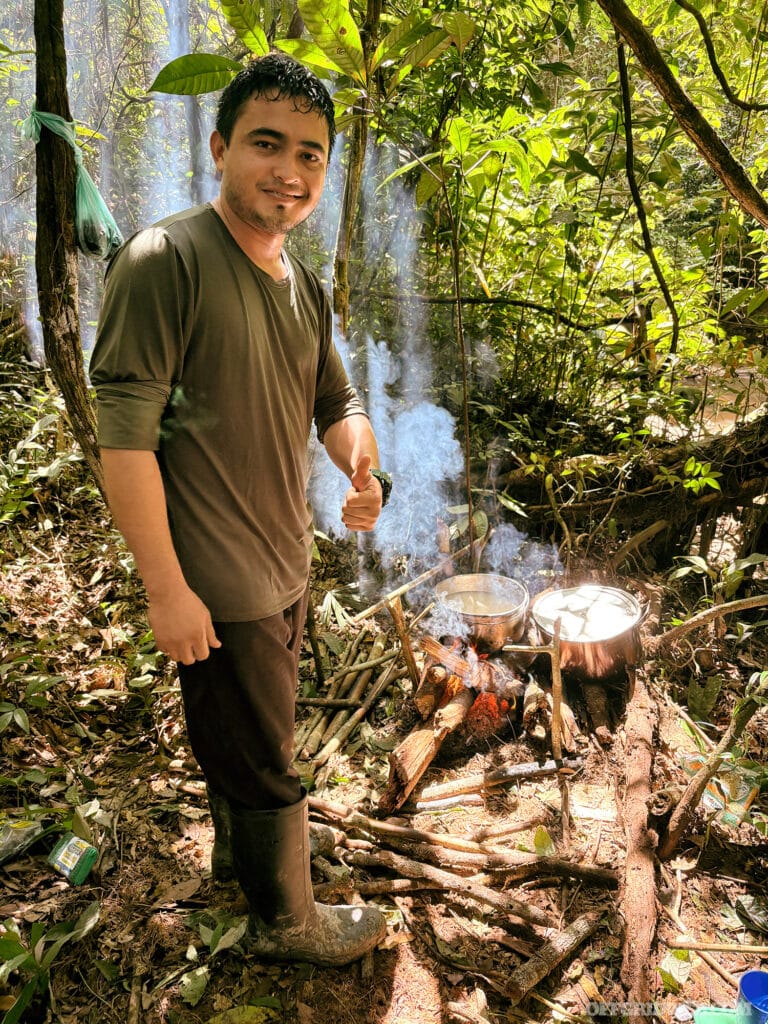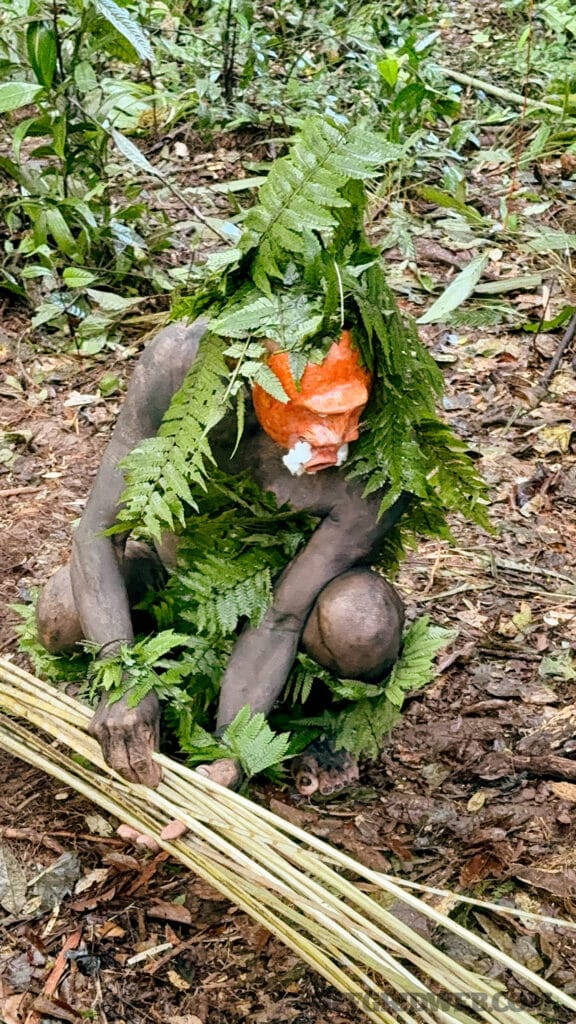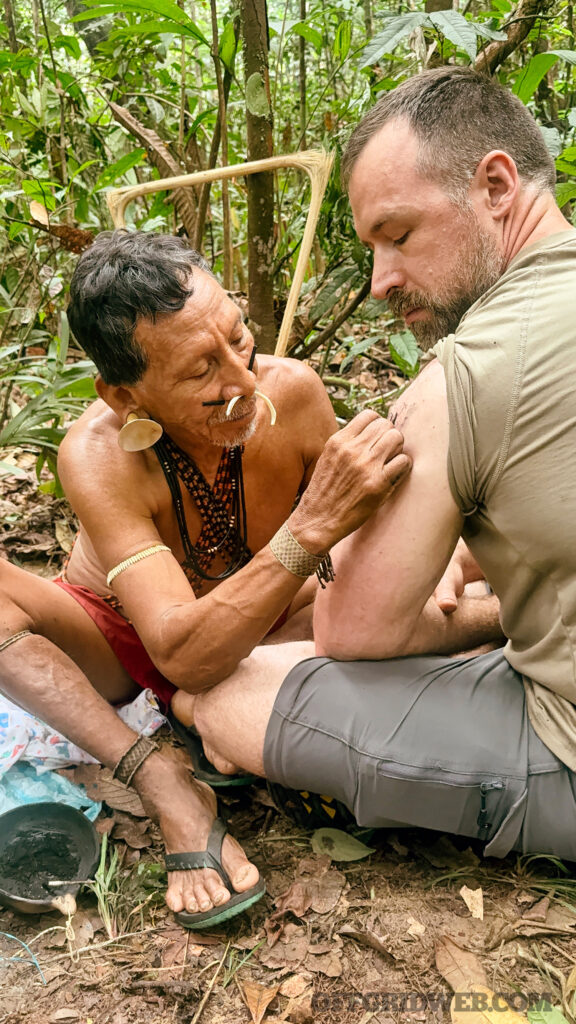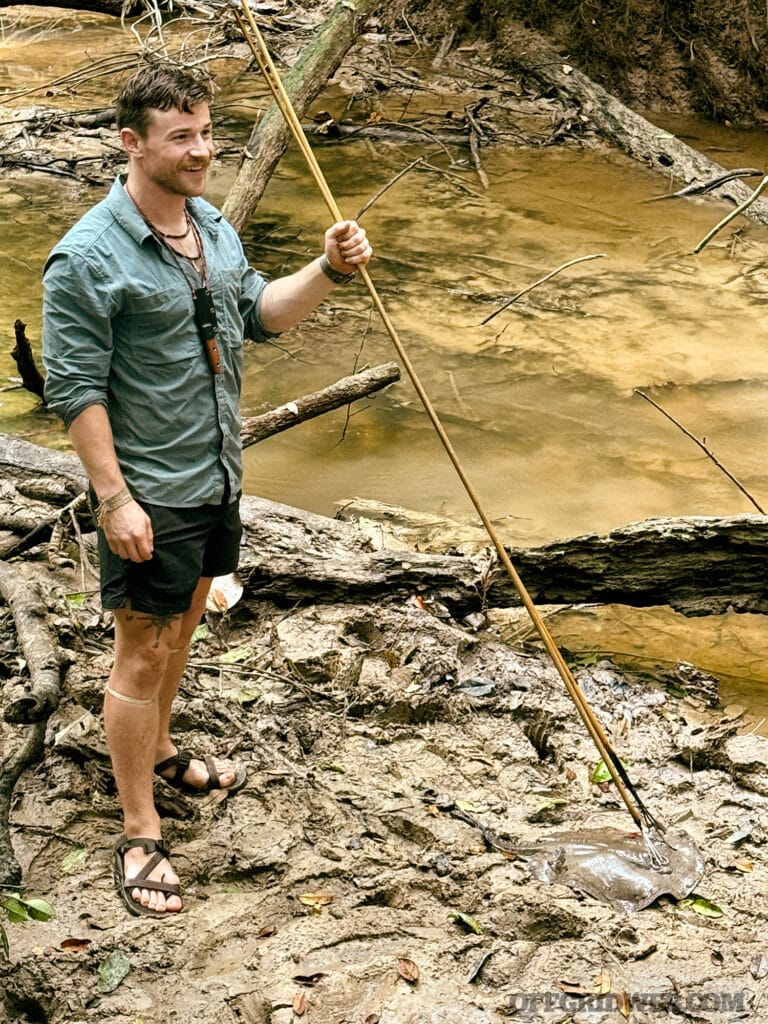Could the difference between life and death be determined by a boot print in the dirt? Or a single broken blade of grass? I’ve learned firsthand that it very well could be. Your tracking skills, or lack thereof, could be the determining factor in whether your quarry escapes and you fail to put food on your family’s table. Or whether a child lost in the woods isn’t found. Or an escaped fugitive isn’t apprehended and remains free to cause more harm to others. Simply put, tracking is a skill that saves lives. It’s a skill that was once necessary for our very survival and was passed down through generations so our bloodlines could carry on through the ages. But now, as humans seek comfort in modernity and move further away from nature, man tracking is becoming a dying skill. Freddy Osuna, Founder and Lead Instructor of Greenside Training, seeks to return this valuable craft to our modern-day warriors in the military, law enforcement, and civilian populace.
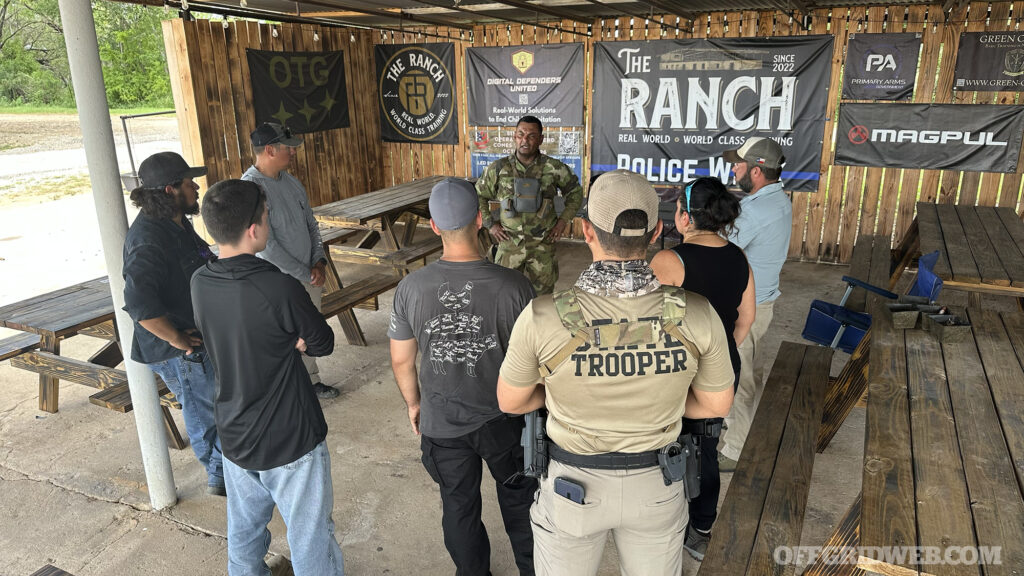
From an early age, Osuna faced and overcame significant hardships. Those challenges forced him to quickly learn, understand, and adapt to both natural terrain and human terrain. This early resilience became the framework for developing and honing his skills as a tracker. A skill set that would later serve him well as a United States Marine deployed overseas, as well as an instructor for the Corps’ Combat Hunter program.
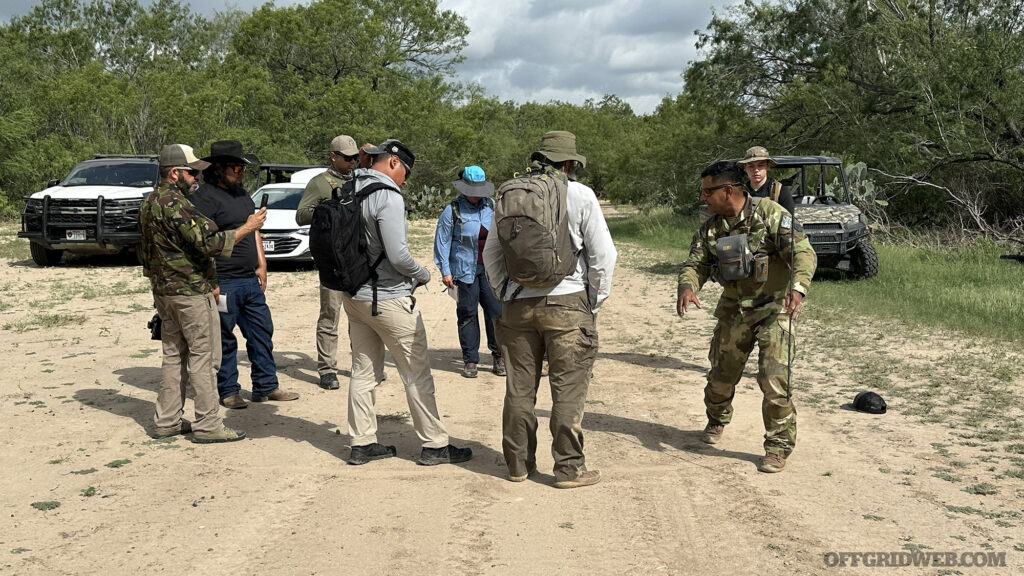
His abilities as a tracker have also been put to the test far beyond the battlefield. He has helped search and rescue teams near his home in Arizona find lost children. His teachings have been credited by law enforcement agencies around the world in the apprehension of dangerous armed criminals. As I learned under Osuna’s tutelage, tracks aren’t always obvious, and tracking can be difficult and exhausting. One instance in particular had him tracking for over six hours. When fatigue set in and his focus began to dwindle, he had to draw upon strength from deep within, and from forces greater than himself, to keep going. As a tracker, he has saved lives. Now, his mission is to teach others this valuable skill so they may have the ability to do the same. And with that comes Greenside Training.
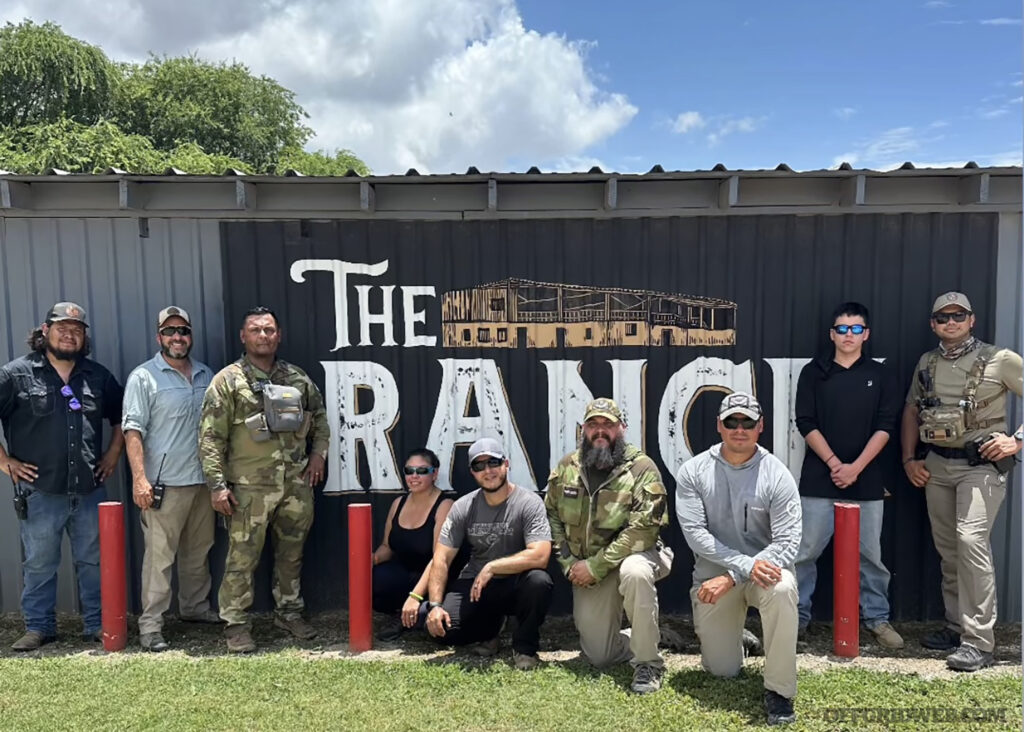
From June 21–22, 2025, a group of students gathered at The Ranch TX near Dilley, Texas, for Osuna’s weekend-long Weaponize the Senses man tracking course. This sprawling 300-acre tactical training facility in the South Texas brush is home to multiple firing ranges, shoot houses, K9 kennels, and driving tracks. But for this weekend, it hosted its very first tracking course. Students included active law enforcement officers, military veterans, hunters, prepared citizens, and even a mother who was seeking more ways to protect her children. Several staff members from The Ranch TX also took part, including Founder and CEO, Chad Timney.
Upon arrival on the first day, Osuna and Co-Instructor Manny Tellez led the students deeper into the property for their first lesson: examining a single footprint. “Every track is a word, a set of tracks is a sentence, and the trail tells a story,” said Osuna. He pointed out a vast array of details about the track. Details that left the students bewildered yet fascinated. He also explained what he referred to as the “time shadow effect,” where a low angle of light reveals details that may otherwise be less visible. This makes early morning and late evening the best times to conduct tracking.
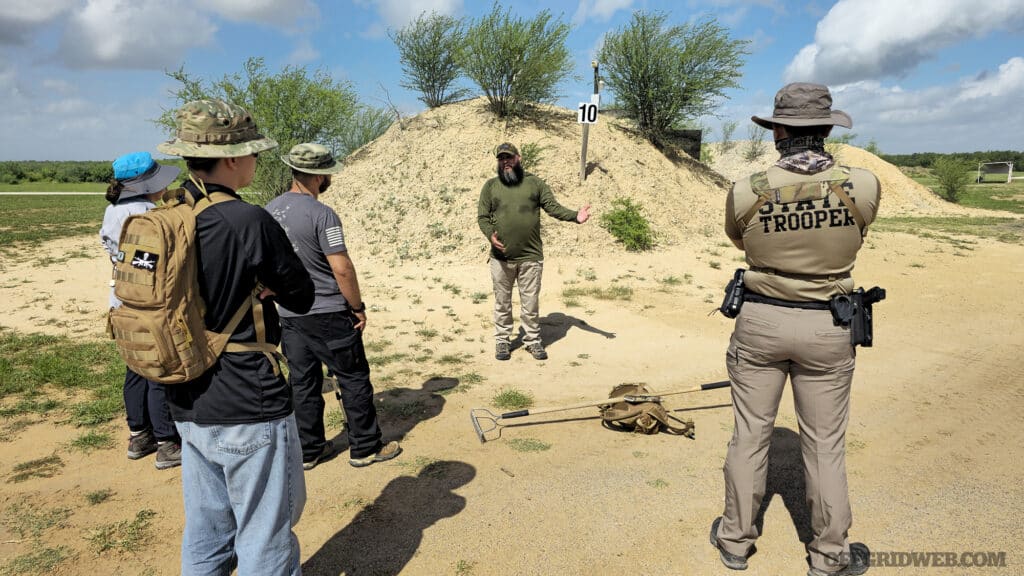
When it came to analyzing track details, students were taught to look for a specific set of criteria: the size of the impression, the type or shape of footwear, any distinguishing patterns, and the age of the track. Osuna explained that at least two of these criteria must be determined, and one of them must be the age. By analyzing the size of the impression and the type of footwear, certain deductions could be made. A large impression might suggest a larger person. Footwear style offered additional clues: did they look like hiking shoes, indicating outdoor competency and perhaps athletic ability? Or were they boots that could suggest prior military experience?
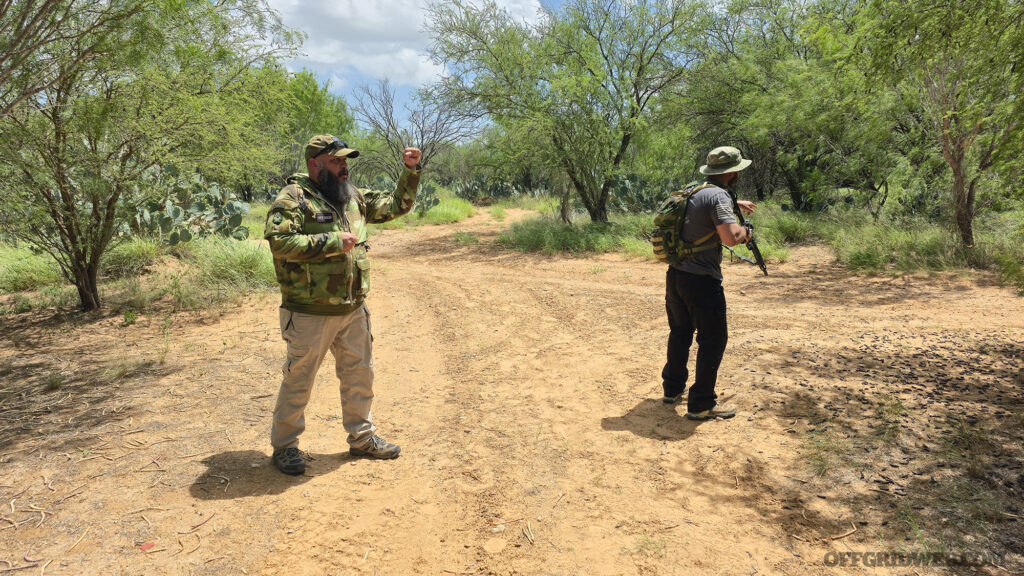
Osuna also explained how the age of a track could be assessed by examining the shape of the outer ridges and the hue of the soil. Outer ridges are formed from the displacement of air and dirt when someone steps into the soil, creating raised edges around the footprint. These ridges begin to wear down over time due to the elements. Additionally, fresh tracks typically expose darker soil due to retained moisture, which lightens as it dries out. He went on to highlight what he considered the most important detail in the track: the toe dig. By lining up the toe dig with the small dirt mound kicked up behind it, trackers can determine direction. Once direction is established, your senses, weapon, drone, team, dog, and other assets can be oriented accordingly.
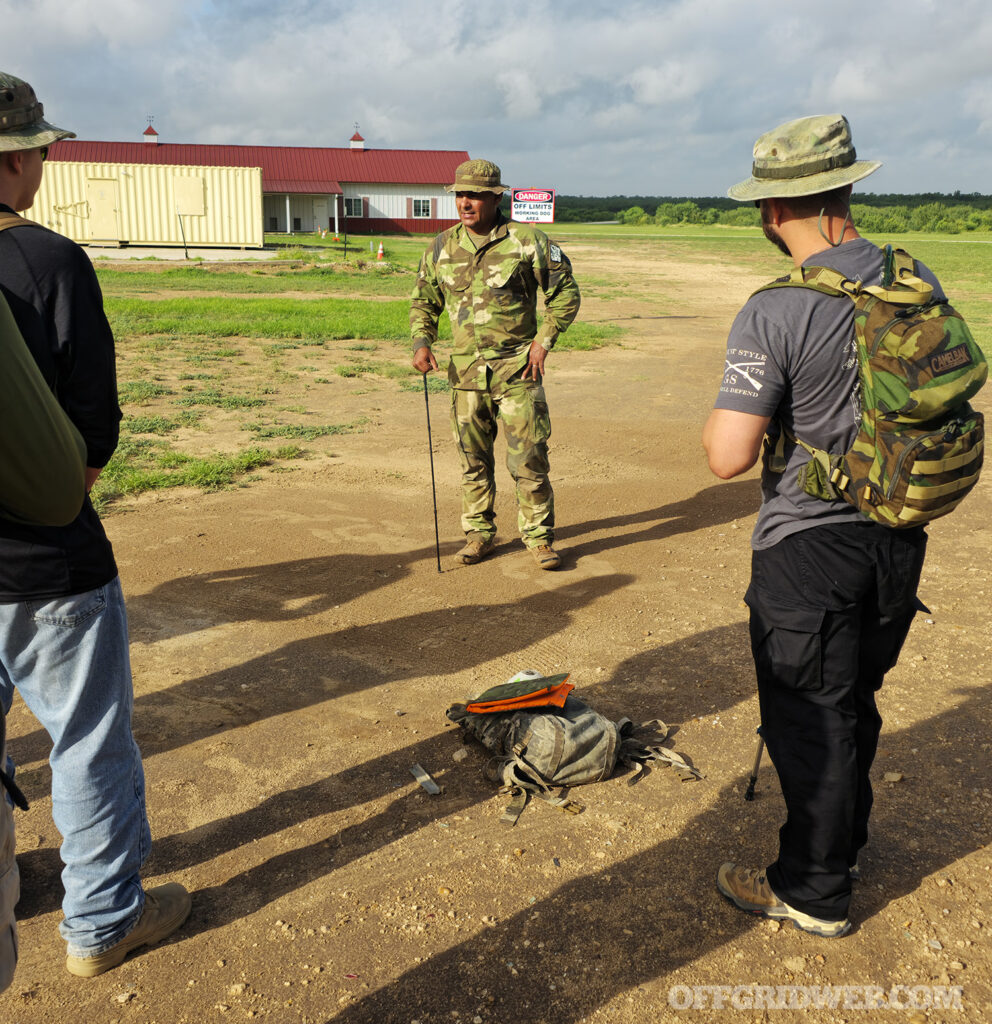
Students then moved on to examining different sets of tracks, where they were tasked with determining who they were tracking. Were the footprints closer together or spread farther apart, indicating whether someone was walking or running? Did the footprints have a wide straddle, which could suggest the person was carrying a heavy load? Furthermore, students were taught to put themselves in the shoes of their quarry and think as such. “There’s a person at the end of the trail,” said Osuna. He emphasized the importance of considering who you might encounter and being prepared for that encounter.
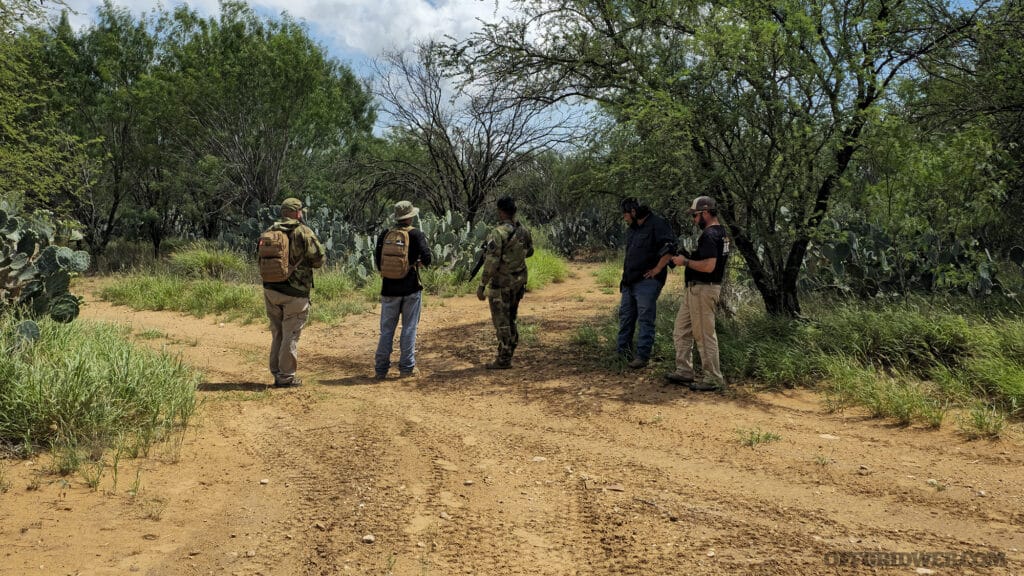
Osuna didn’t make the training easy. Much of the ground throughout The Ranch TX consisted of densely compacted dirt, making footprints much more difficult to see after steps had been taken. “This is what it’s going to be like,” he said, making sure the students were well aware of how challenging tracking can be. Tracks aren’t always readily apparent and easy to spot. Therefore, sharpened senses, coupled with the techniques being taught, are crucial to tracking successfully. To further emphasize this point, Osuna put the students through an exercise in which they were divided into two different groups. One group would conduct a scenario and walk through an area in a particular way. The other group would then have to analyze the tracks and try to determine what might’ve taken place. Not only did this serve as a means for the students to practice and develop their own individual tracking skills, but it also taught them how to track as part of a team.
When night fell on the first day of training, the students returned to The Ranch TX for Osuna’s nighttime tracking demonstration. He showed how different colors emitted from a flashlight could be used for tracking in various ways and environments. For instance, blue light is good for showing contrast, making it ideal for tracking blood as it’ll appear darker while the surrounding foliage appears lighter. Green light works well for providing contrast at a longer range, making it a solid choice for tracking in the snow or on other light surfaces. Red light helps a tracker retain night vision and is less likely to spook animals. The demonstration concluded with Osuna showing the students how they could even track at night using a laser, yet another thing that left them fascinated.
The students also learned about various animal tracks they might encounter in the wild. Osuna explained how animal tracking could be done for various reasons. The obvious being hunting, though he also shared that he likes to track animals for recreational purposes as well, such as wildlife photography. The first tracks the students were shown were ungulates: hoofed animals such as deer, elk, moose, and bighorn sheep. This part of the training drew great enthusiasm from the hunters in the group. The students were also taught how to identify the tracks of predators, such as coyotes, big cats, wolves, and bears. Even small critters like raccoons made the roster of animal tracks covered in the training.
It wasn’t just practical tracking skills the students learned during the weekend. Mindset was another critical aspect Osuna instilled in them. “Tracking is a search for the truth,” he said, explaining how personal bias could negatively affect one’s ability to track effectively. Students were told to keep those biases in check so they could see what is actually there, not what they’d like to be there. He also explained how the skills learned during the course could be plugged into each stage of the OODA loop. By Observing with enhanced senses, Orienting with track direction and context, Deciding based on quarry profile, and Acting with the right tactics, techniques, and procedures (TTPs). Osuna also emphasized that the skills learned during the course could be applied to other aspects of life. Using the senses, staying focused, and removing distractions allows people to be more present with their families and friends, in their careers and businesses, and when out in the world.
The course culminated on Sunday afternoon with a final test: an individual exercise in which students would, one by one, traverse down a trail armed with an AR-15 rifle repurposed to fire simunition paint rounds. They had to use their eyes, nose, and ears in unison to recognize anomalies on the trail and engage targets lying in wait. Each student was graded on their ability to determine the direction of sounds, smells, and sights they encountered. This also allowed students to combine their newly formed tracking skills with marksmanship skills. It took many by surprise, and they had a lot of fun doing it.
At the end of the course, Osuna presented each student with the Greenside Training arrowhead patch as a mark of completion. He also awarded one student the coveted “Black Wolf” patch. A tradition established to honor Osuna’s friend and fellow Marine, Josh Robinson, a highly skilled tracker who was tragically killed in Afghanistan in 2011. Robinson was the first Black Wolf, and now the title, along with a solid black arrowhead patch, is presented to the highest-scoring student at each course. This time, I was awarded that honor.

Weaponize the Senses wasn’t about gimmicks. It was about helping students reclaim their innate human capabilities and sharpening them with intention. By the end, I walked away more connected to my environment, more confident in my perception, and more aware of the gaps in my own abilities, which was exactly the point. Though Weaponize the Senses is just one of several courses offered by Osuna and Greenside Training, he also teaches tactical tracking, urban tracking, anti-tracking, and more. Each is designed to give students a faster and more intuitive grasp of the OODA loop through deliberate sensory engagement.
To learn more and sign up for a course near you, visit GreensideTraining.com. To explore the variety of other training opportunities at The Ranch TX, visit RanchTX.org.
Read More on Tracking
Don’t miss essential survival insights—sign up for Recoil Offgrid’s free newsletter today!
- Grayside Hunter: Urban Tracking in the Concrete Jungle
- Best Flashlights For Tracking Man and Beast
- Pounding Pavement: Man-Tracking Skills for Urban Environments
- Animal Tracking Infographics
- Desert Camouflage Tips from Greenside Training’s Arizona Camo Class
Check out our other publications on the web: Recoil | Gun Digest | Blade | RecoilTV | RECOILtv (YouTube)

